- Funky futuristic - yet retro - styling
- Great power and range with quick charging
- Excellent interior layout
- New Epiq variant is expensive
- Camera mirrors aren't great
- Ride quality improved but still not great
Hyundai and its Kia and Genesis siblings keep knocking the hits out of the ballpark. From its sporty and fantastic N performance car range to the Ioniq electric car range, Hyundai’s lineup keeps changing for the better. The Hyundai Ioniq 5 has been around for nearly two years now and has had a spec update for the 2023 model year, with a new model structure, a larger battery, more power and torque across the range and revised suspension for a superior driving experience to before. Is the new top-spec 2023 Hyundai Ioniq 5 Epiq the EV to buy? Let’s find out.
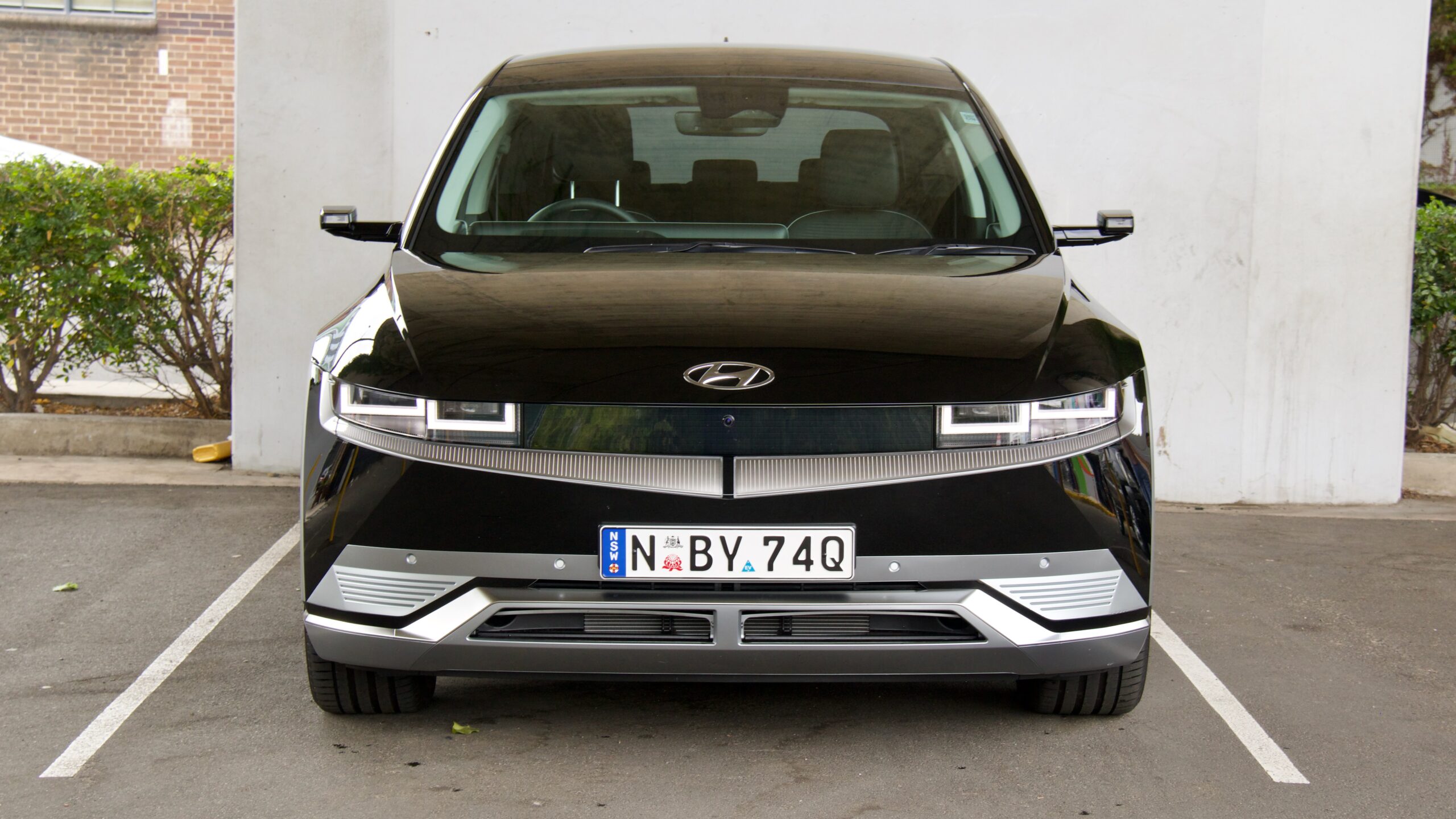
Electric vehicle popularity has boomed in Australia this year – so far in 2023, the EV market is up 385.4 per cent to almost 50,000 units and manufacturers like Hyundai are benefitting a lot from the boom. As a result, there are quite a lot of EVs competing in this part of the market, including the Ioniq 5’s Kia EV6 twin, Volvo XC40 Recharge, Tesla Model Y, BMW iX1, while cars like the Ford Mustang Mach-E and Volkswagen ID.4 are on their way to Australia. What sets the Ioniq 5 apart from its rivals?
Price & Equipment: 8/10
The 2023 Hyundai Ioniq 5 range starts at $72,000 plus on road costs (around $75,000 drive away, depending on location) for the new entry level Dynamiq. At the other end of the range is the Epiq that we tested here, and it’s as expensive as Ioniq 5s come for now (until the Ioniq 5 N arrives) at $85,000 plus on-road costs (roughly $91,000 drive away, depending on location). While there is a big jump between entry level and top spec pricing you do get quite a lot of extra equipment to justify the price difference.
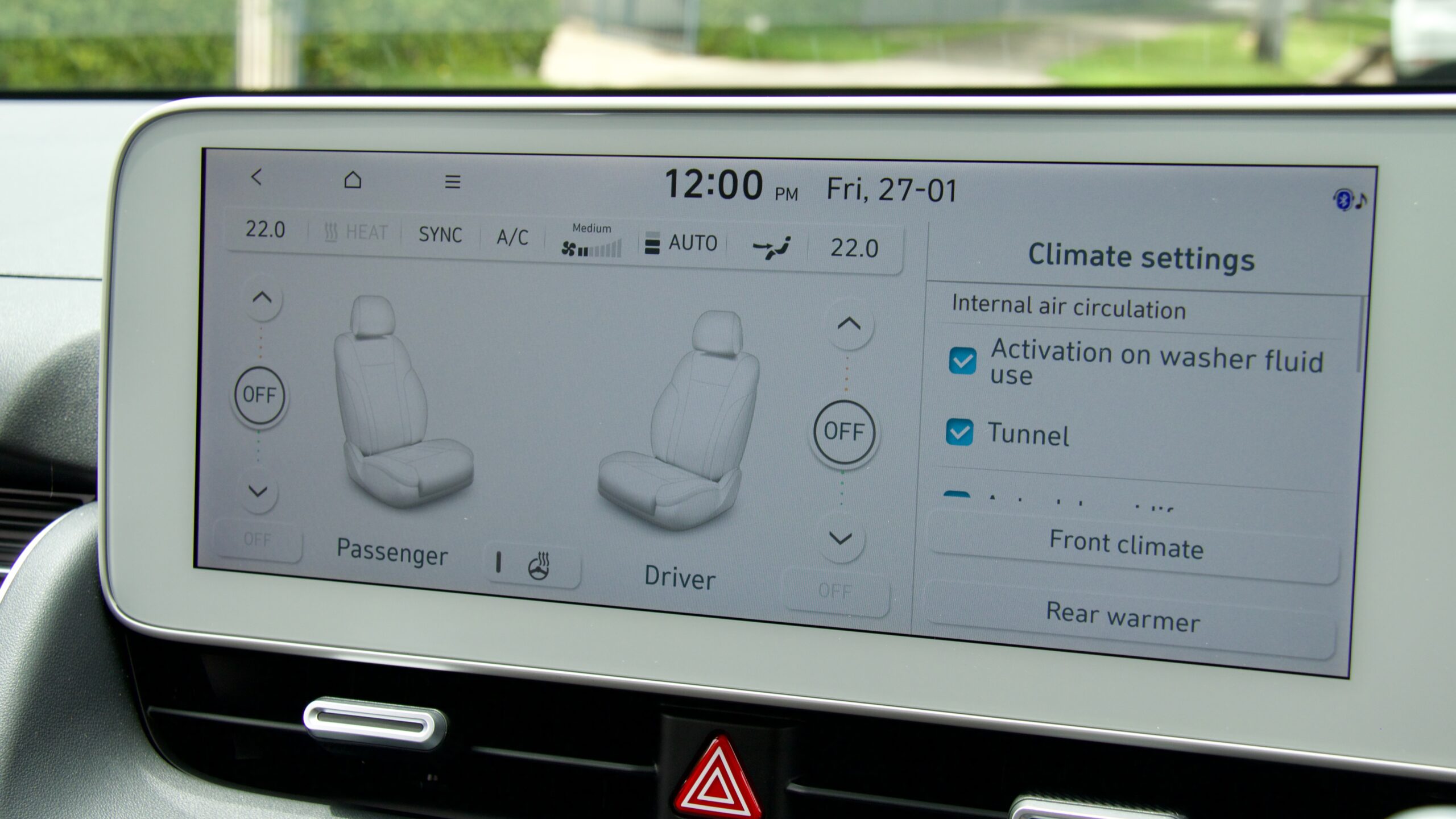
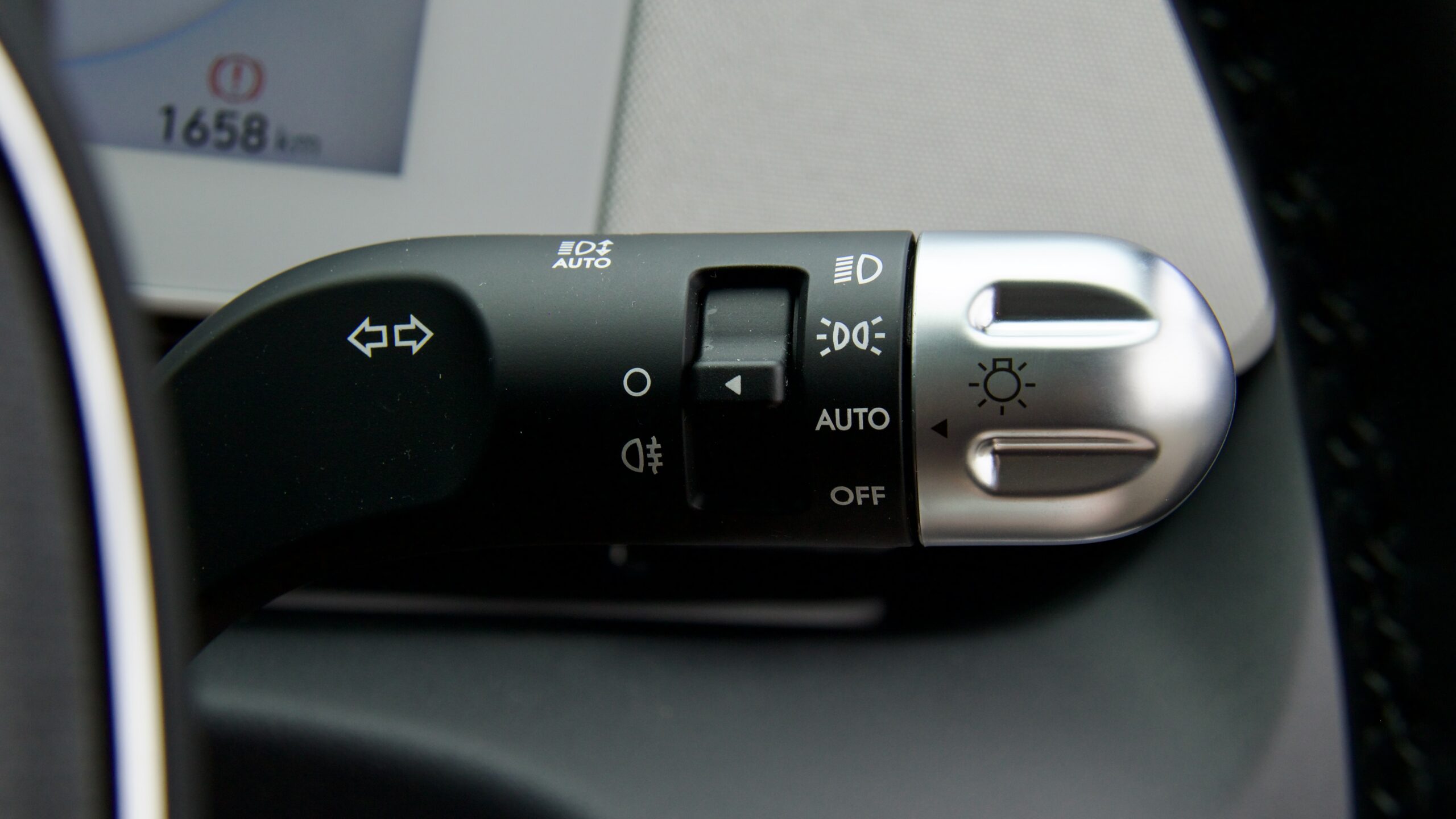
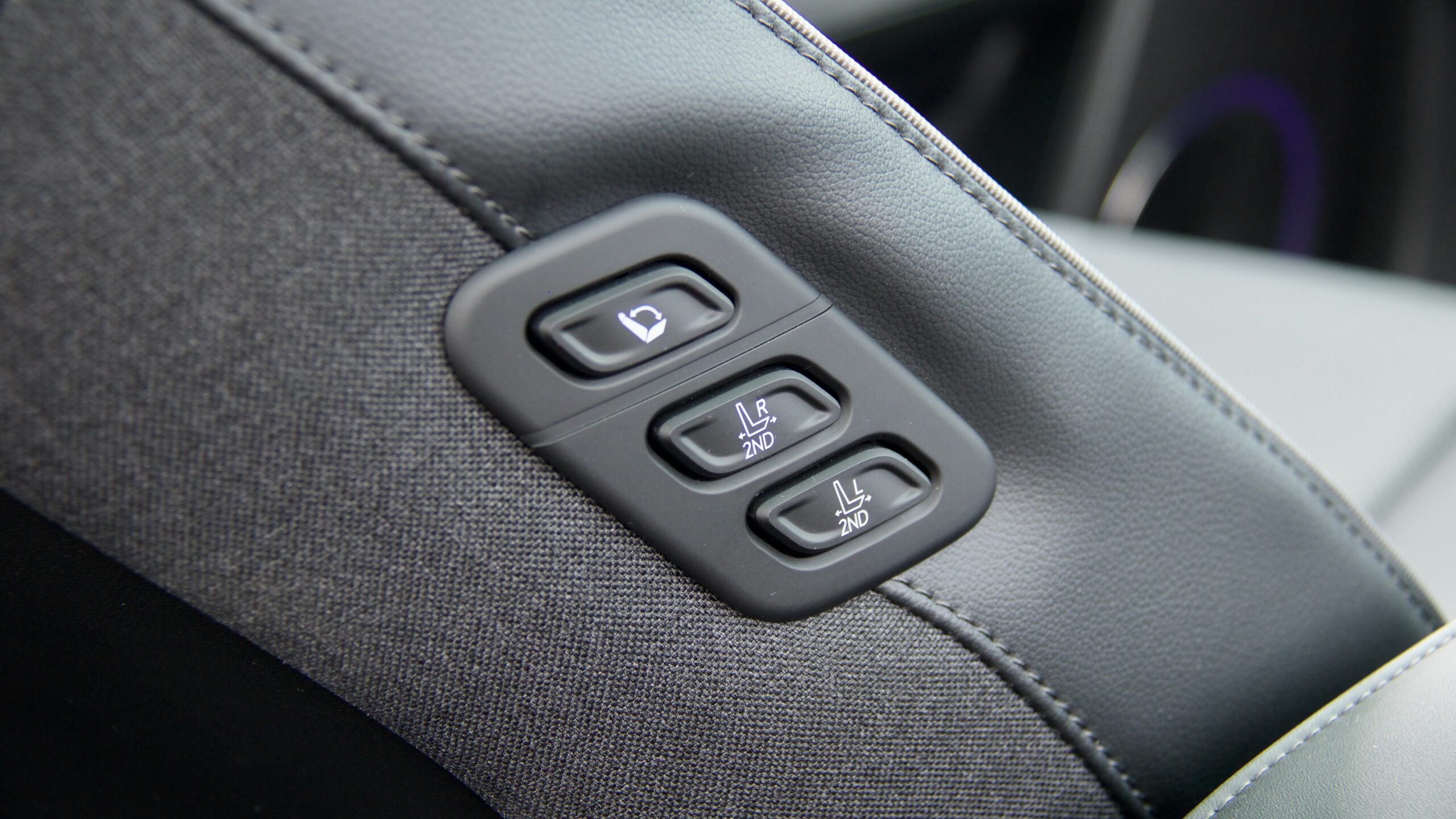
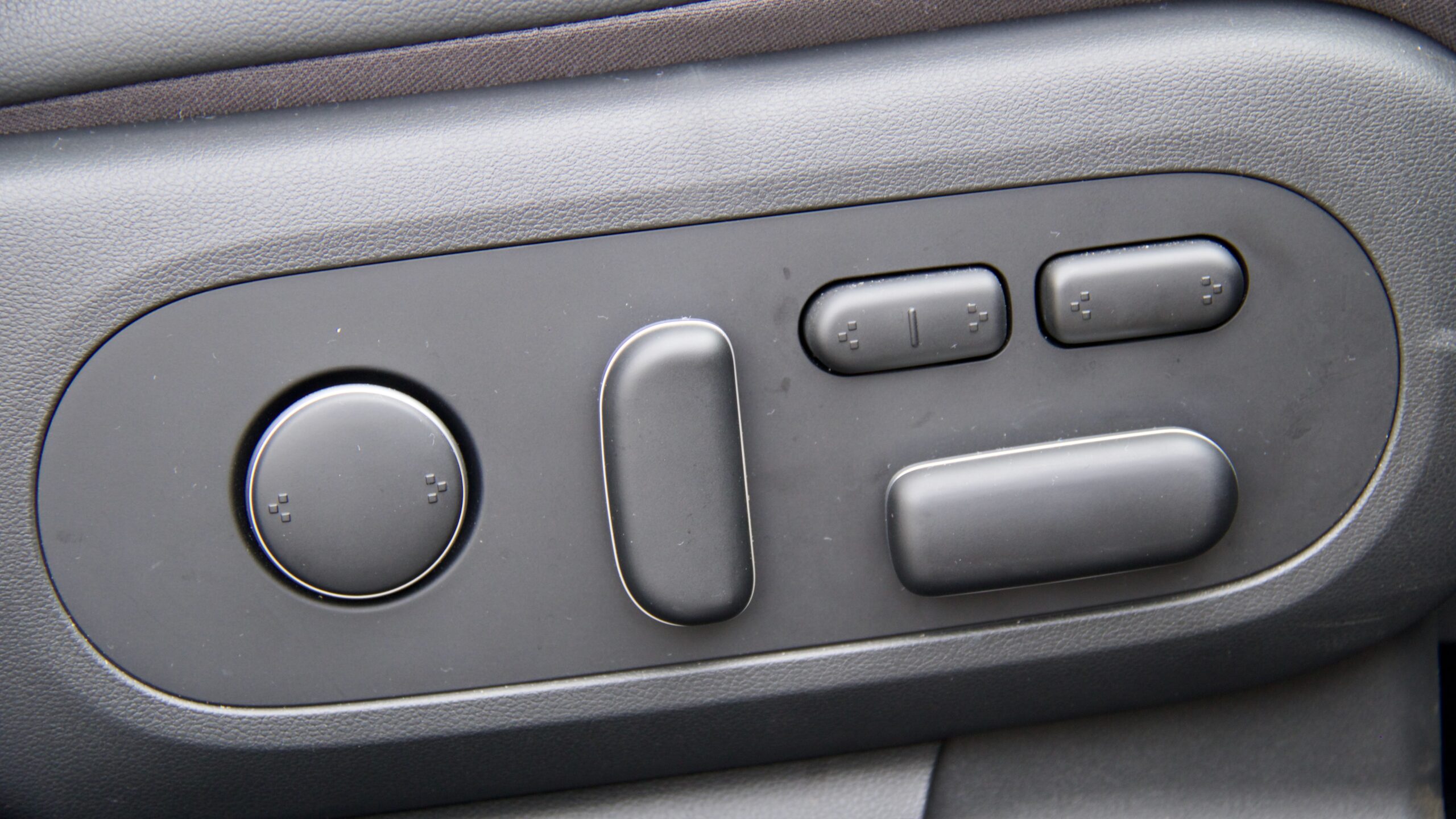
The Ioniq 5 Epiq is equipped with 20-inch alloy wheels, dusk-sensing automatic all-LED exterior lighting, auto wipers, camera exterior mirrors that auto-fold when locked, keyless entry and start with remote start with the ability to move the car from the key, a hands-free electric tailgate, electrically adjustable front seats with driver’s memory and lounge functionality, an electrically adjustable rear seat, leather upholstery, heated and cooled front seats, a heated steering wheel, dual-zone climate control with rear vents, a 12.3-inch touchscreen with satellite navigation, wired Apple CarPlay and Android Auto, digital radio, wireless charging, an eight-speaker Bose sound system, ambient lighting, drive mode selection, a heads-up display and a fixed glass roof.
Safety features are plentiful in the Ioniq 5 and include seven airbags (including a front centre unit), auto emergency braking (AEB) with pedestrian, cyclist and intersection assist, rear auto braking, lane keep assist with lane trace assist, blind-spot monitoring with rear cross-traffic alert (including a blind-spot camera), driver attention monitoring, auto high beam, speed sign recognition, adaptive cruise control with stop and go functionality, a 360-degree parking camera, front and rear parking sensors, an alarm and tyre pressure monitoring. The Ioniq 5 range earned a five-star ANCAP safety rating in 2021.
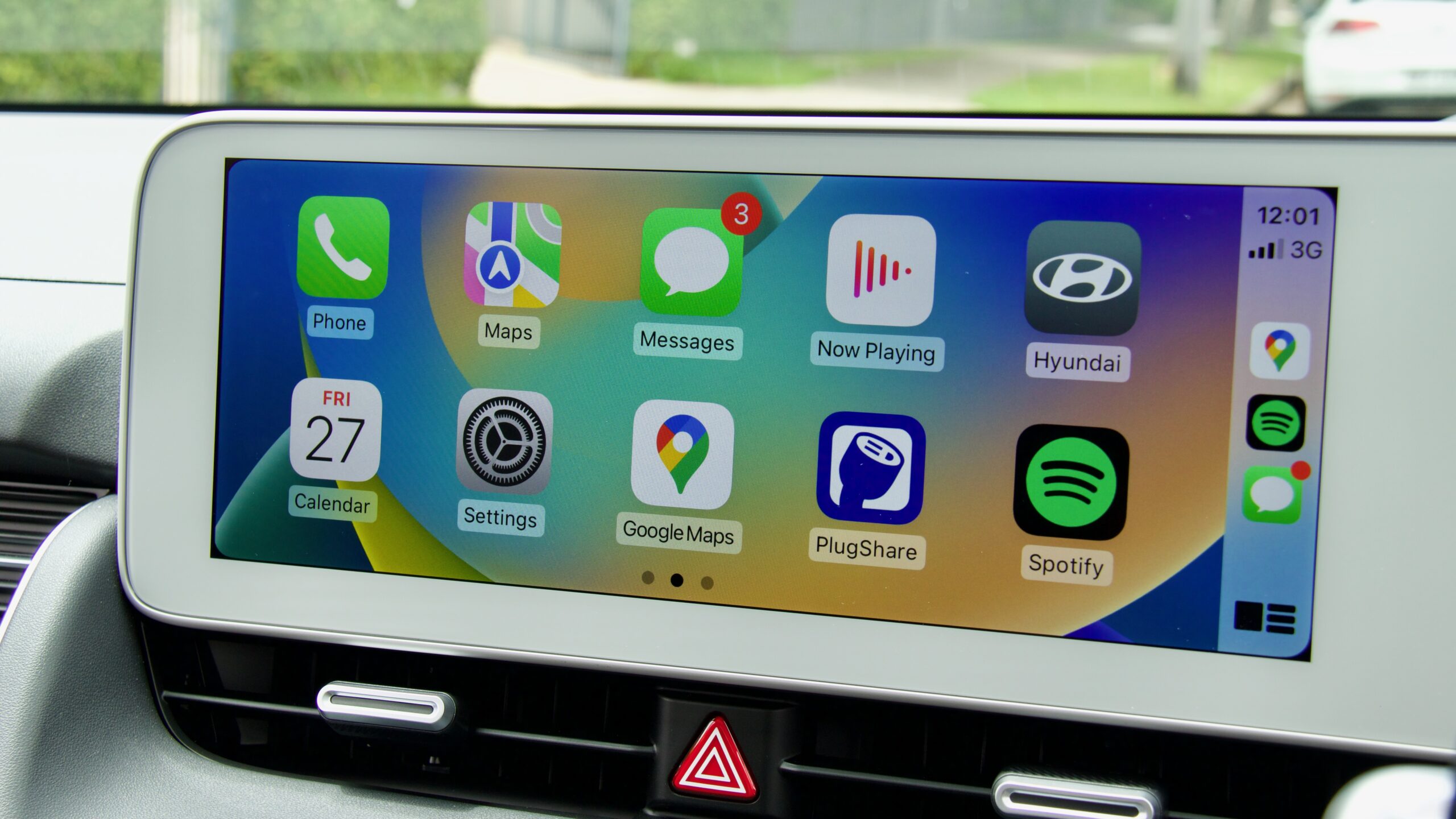
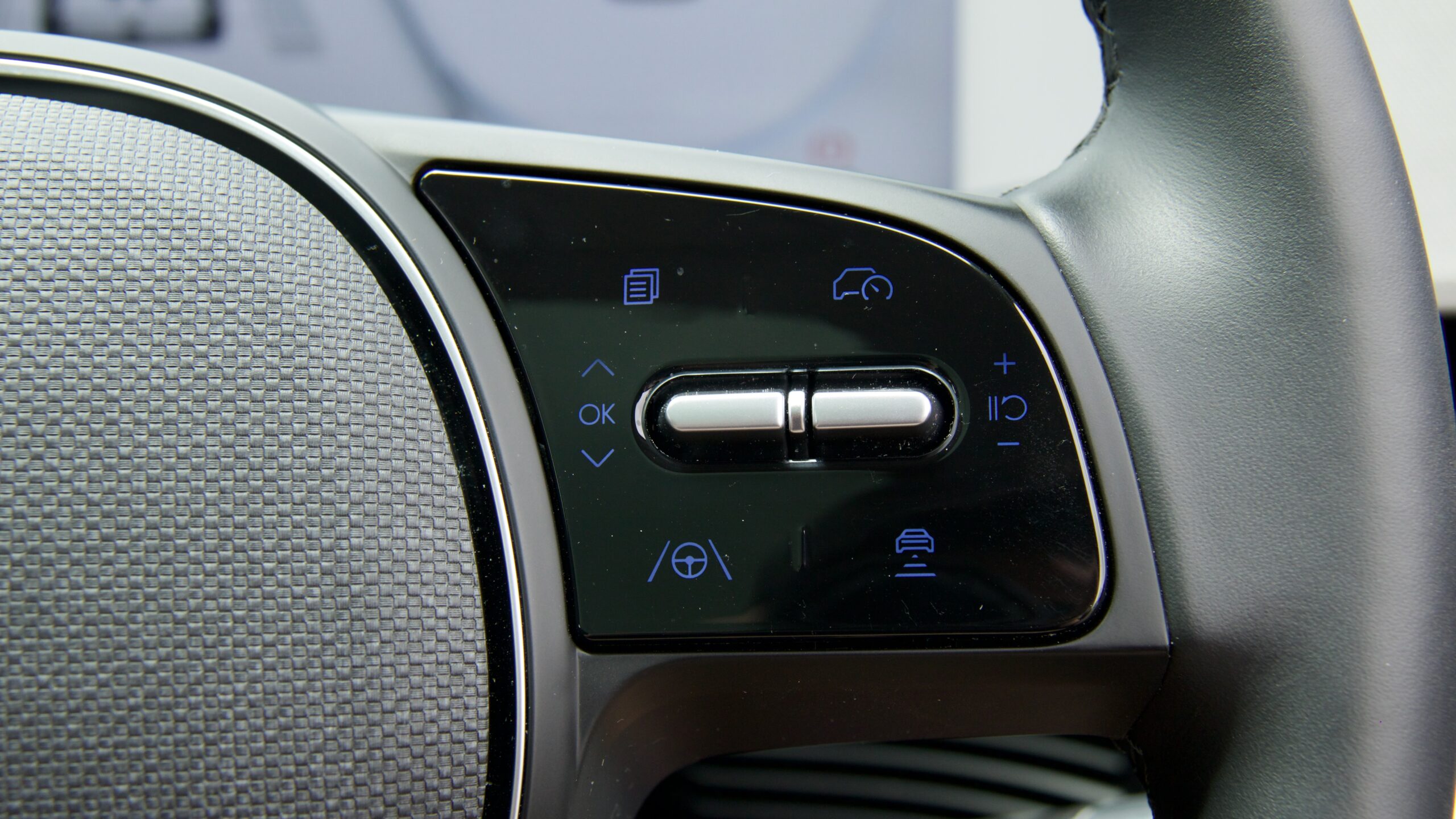
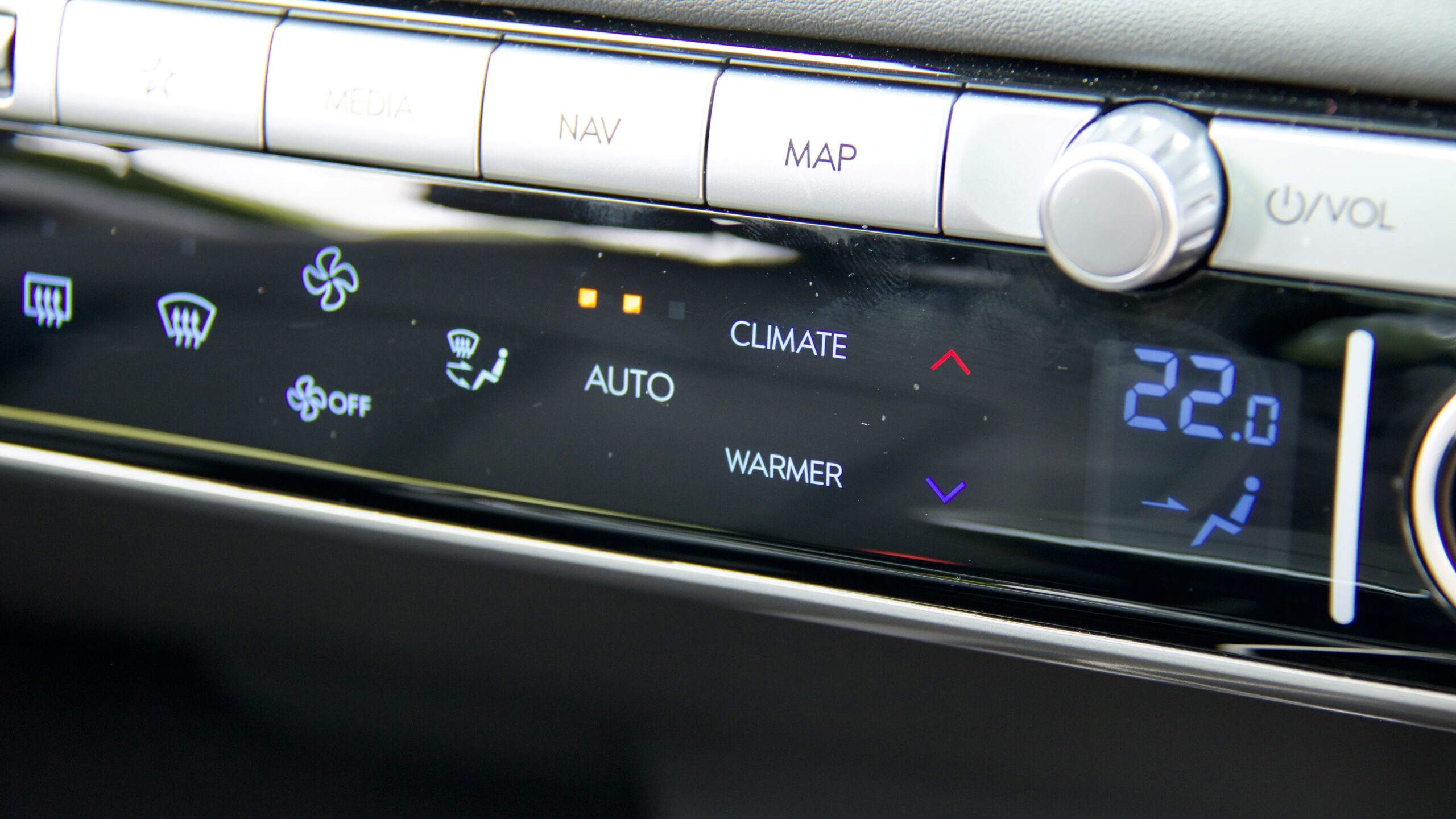
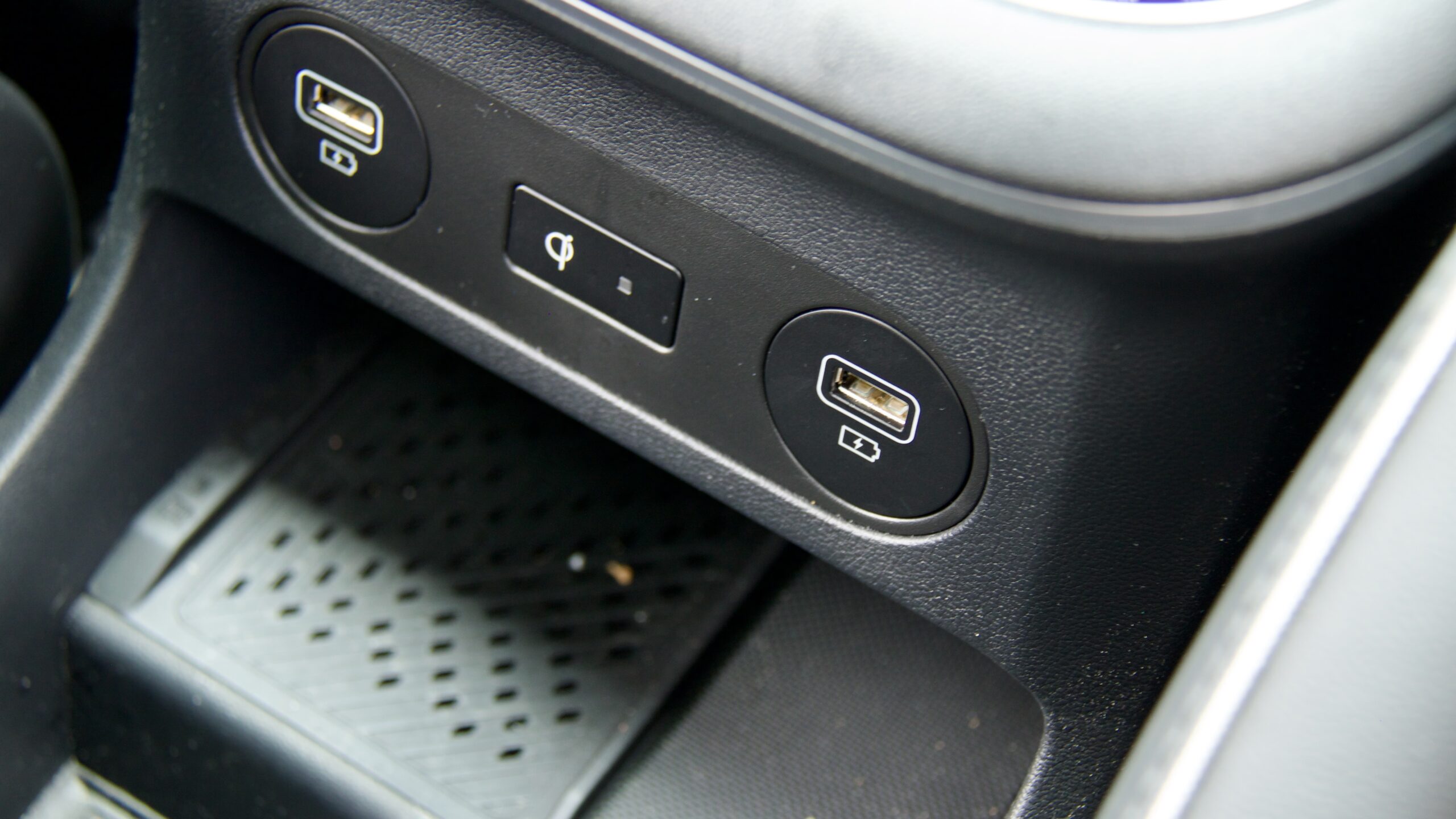
Options to personalise your Ioniq 5 come in the way of exterior and interior colours. The exterior colours available on the 2023 Hyundai Ioniq 5 Epiq are ‘Lucid Blue’, ‘Digital Teal Green’, ‘Ecotronic Grey’, ‘Galactic Silver’, ‘Atlas White’ and our test car’s ‘Abyss Black’. All of the colours mentioned come at no additional cost but ‘Gravity Gold’, which is a matte colour, adds $1,000 to the price. Interior colours available are ‘Dove Grey over Dark Pebble Grey’, ‘Dove Grey over Dark Teal’ and our test car’s ‘Obsidian Black’ leather.
We don’t think the Ioniq 5 lacks for equipment but there are still some features missing – oddly enough there is also no rear windscreen wiper, which is frustrating, while it also lacks Matrix adaptive high beam.
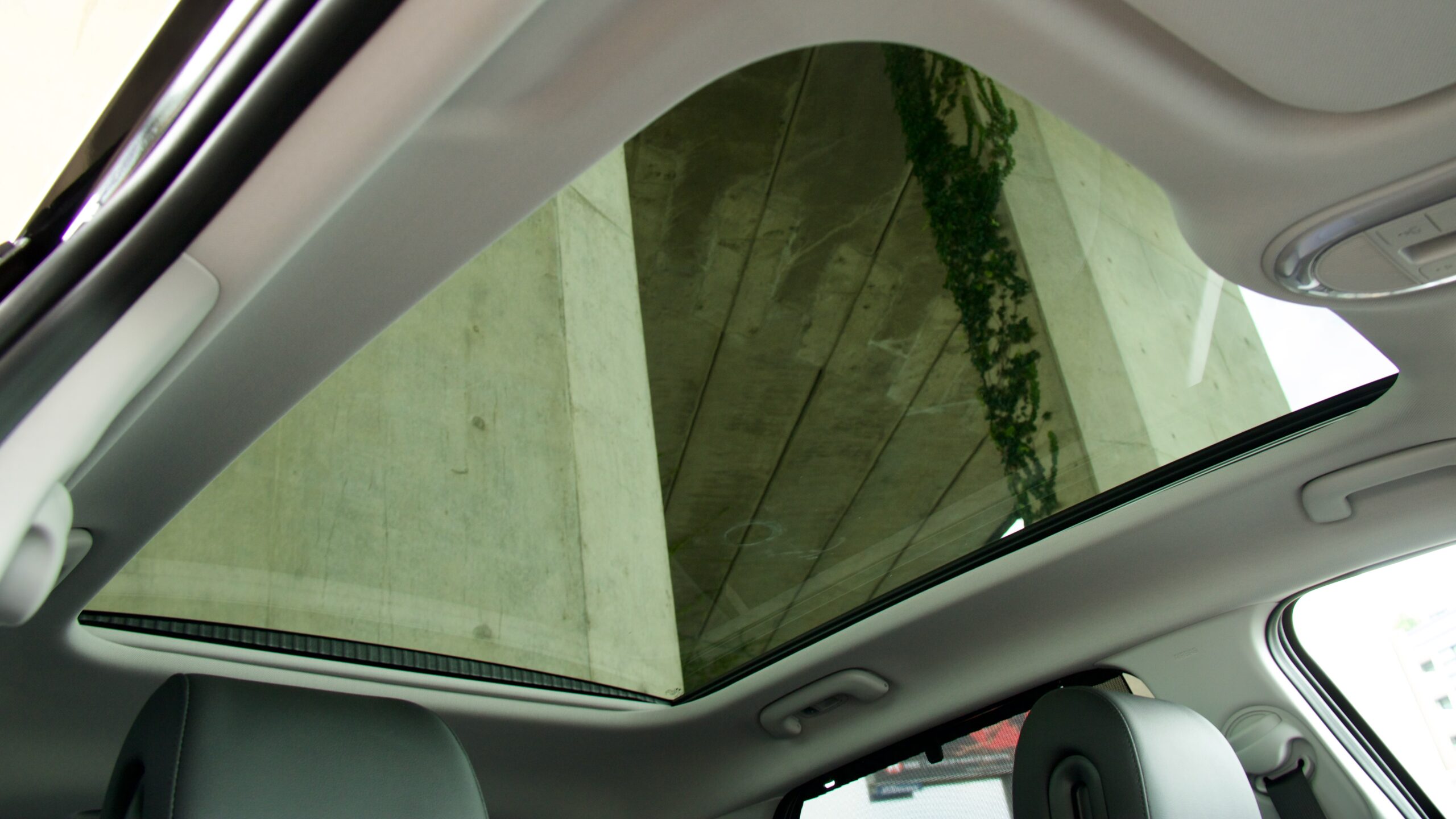
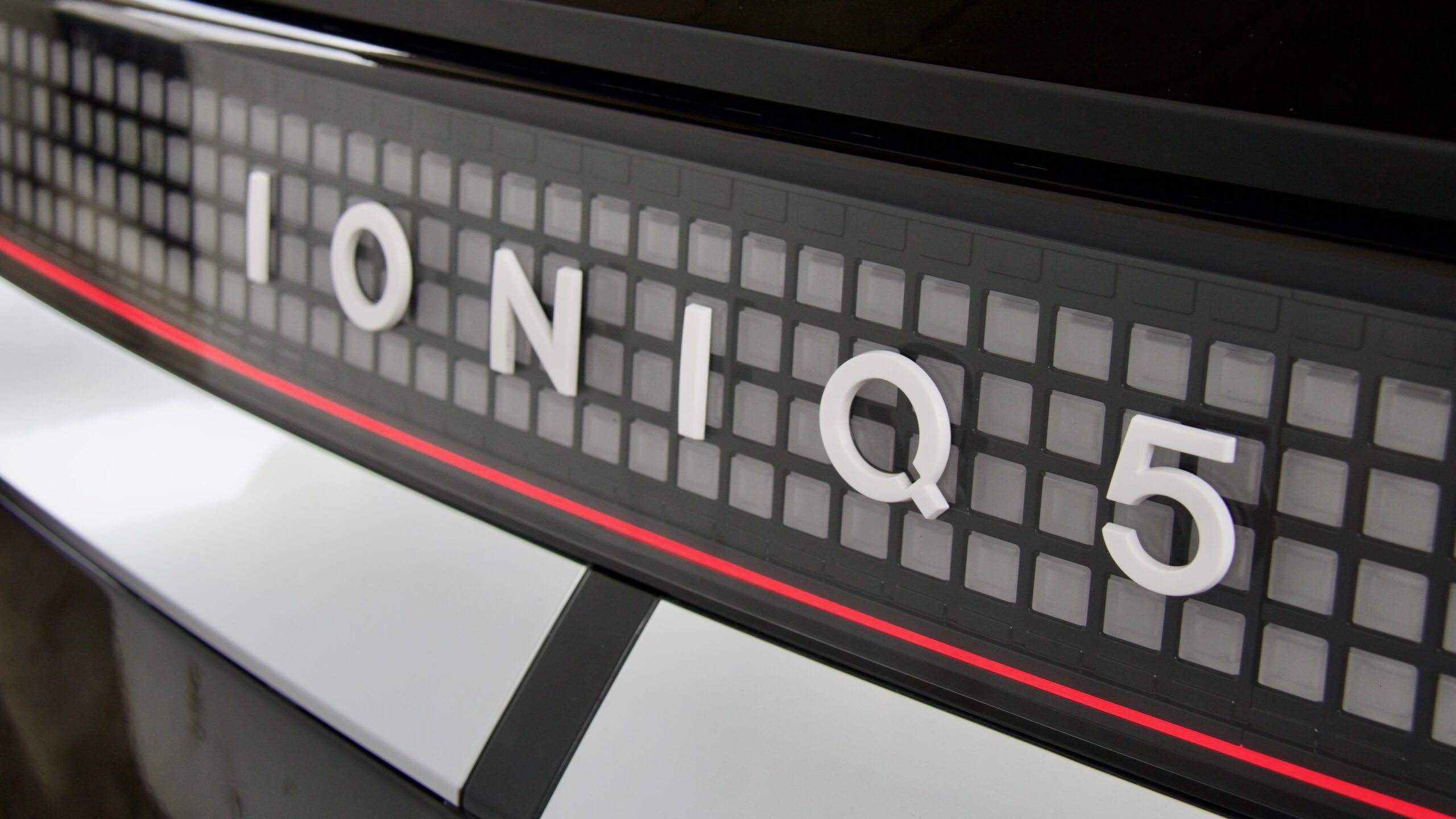
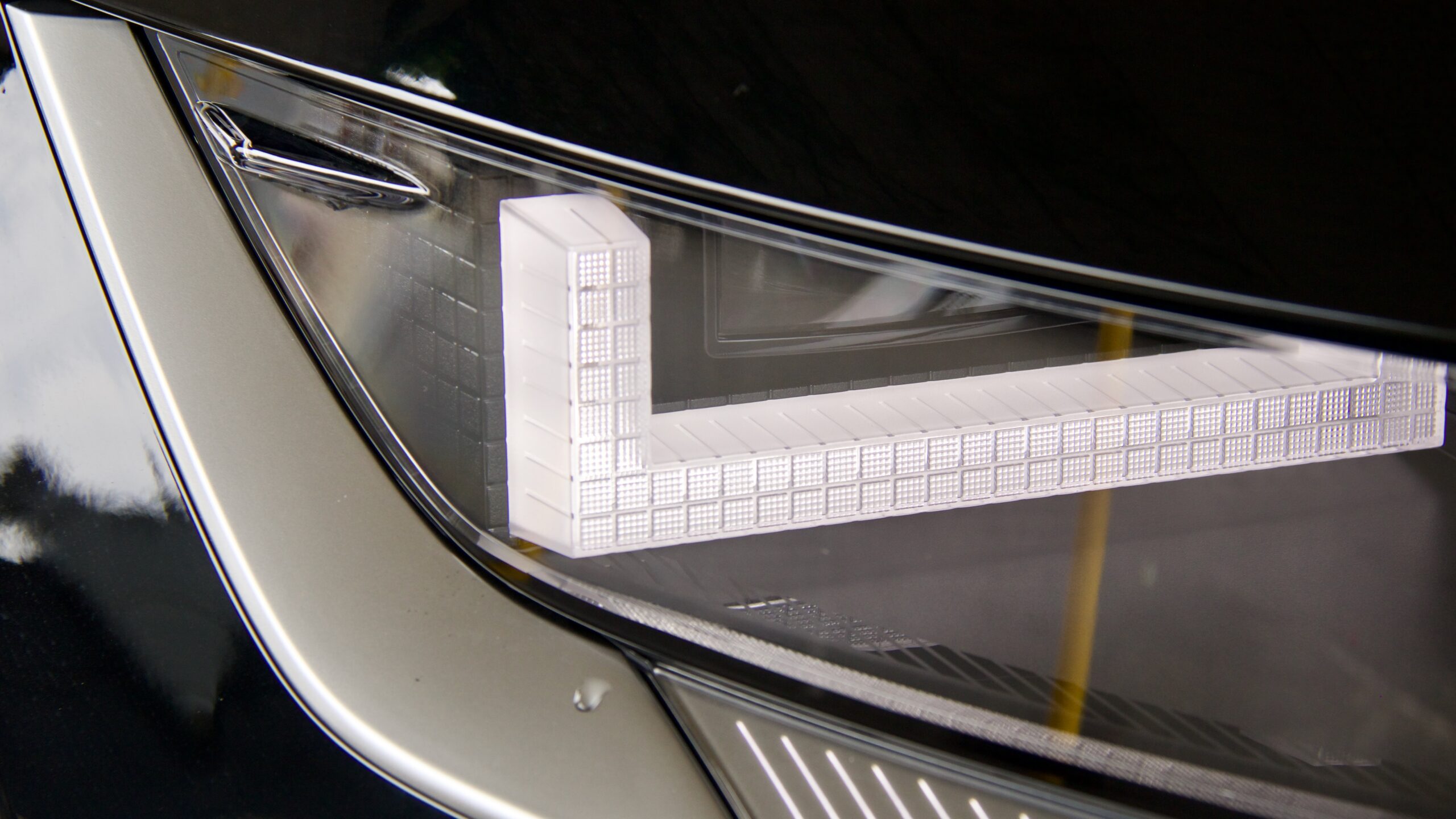
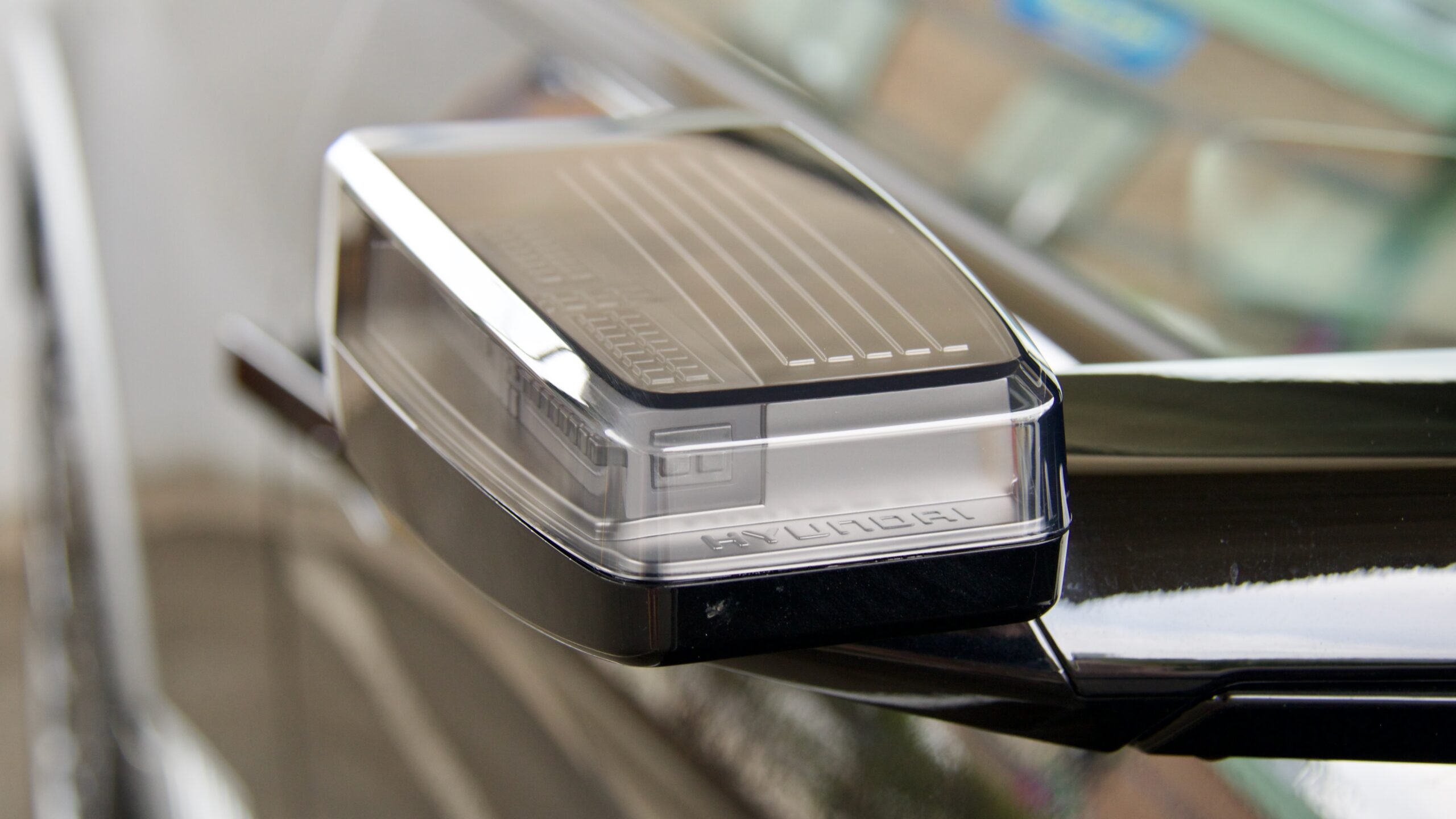
Direct competitors to the 2023 Hyundai Ioniq 5 Epiq in our opinion are the $87,590 plus on roads Kia EV6 GT-Line AWD and the Volvo XC40 Recharge Ultimate, both of which are priced around $95,000 drive away. Both of these cars are more expensive than the Hyundai, yet the Ioniq 5 has more kit like leather trim, the ‘relaxation’ front seats, electrically adjustable rear seats and a glass roof.
Performance & Economy: 8.5/10
For the 2024 model year, the Ioniq 5 range earned a larger 77.4kWh liquid-cooled lithium-ion battery, which replaced a smaller 72.6kWh unit for more range. Unlike the entry level rear wheel drive Dynamiq variant of the Ioniq 5 range, the Epiq is all wheel drive with an extra motor on the front axle, making 239kW of power and 605Nm of torque (14kW more than last year’s car). The battery is mounted underneath the floor of the car and is good for a WLTP-rated claimed driving range of 454km, which is up from 430km in the pre-updated car – though for maximum range in the Ioniq 5 range, you’ll want the base Dynamiq, which now has an impressive claimed 507km of WLTP-rated range.
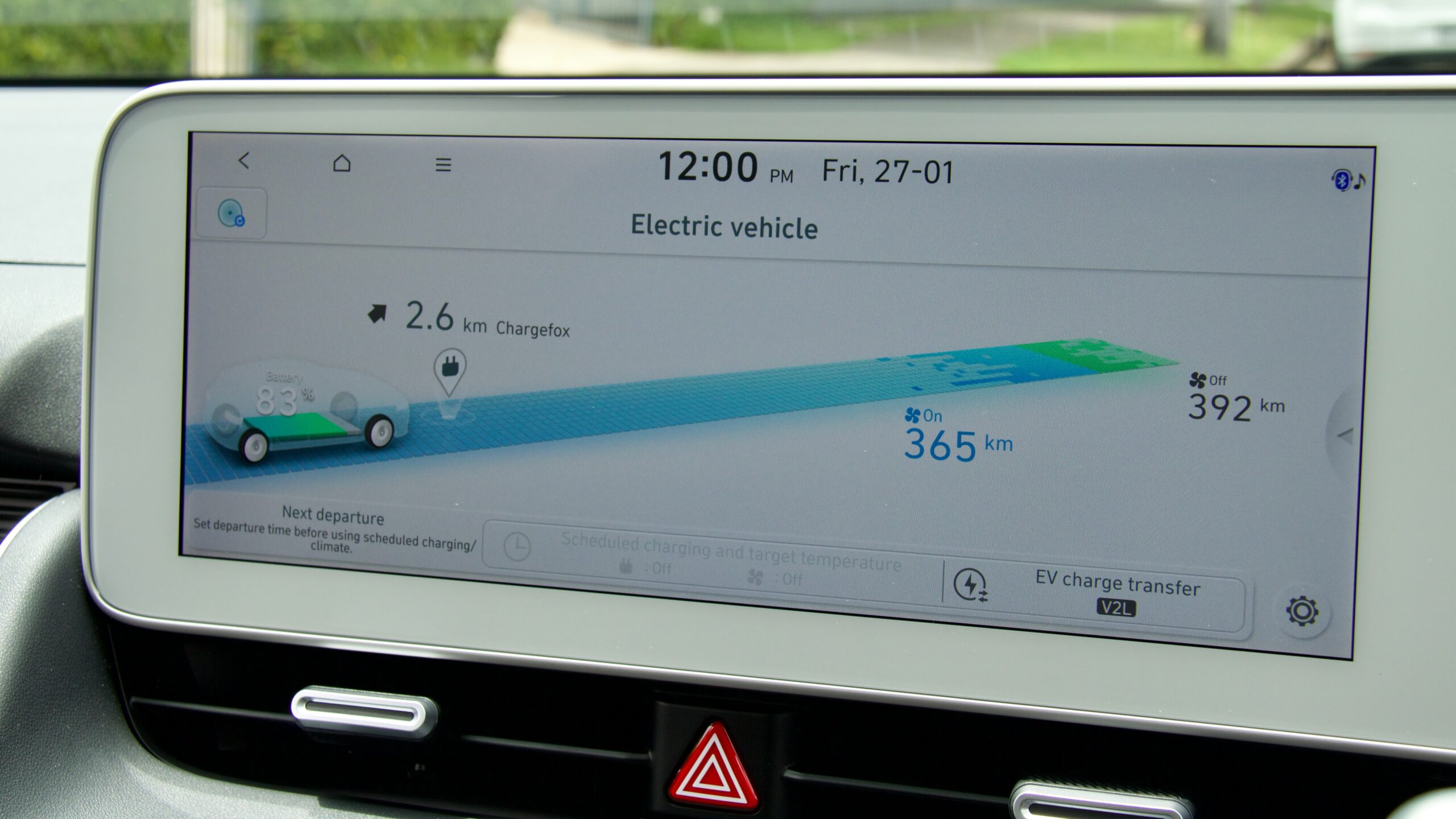
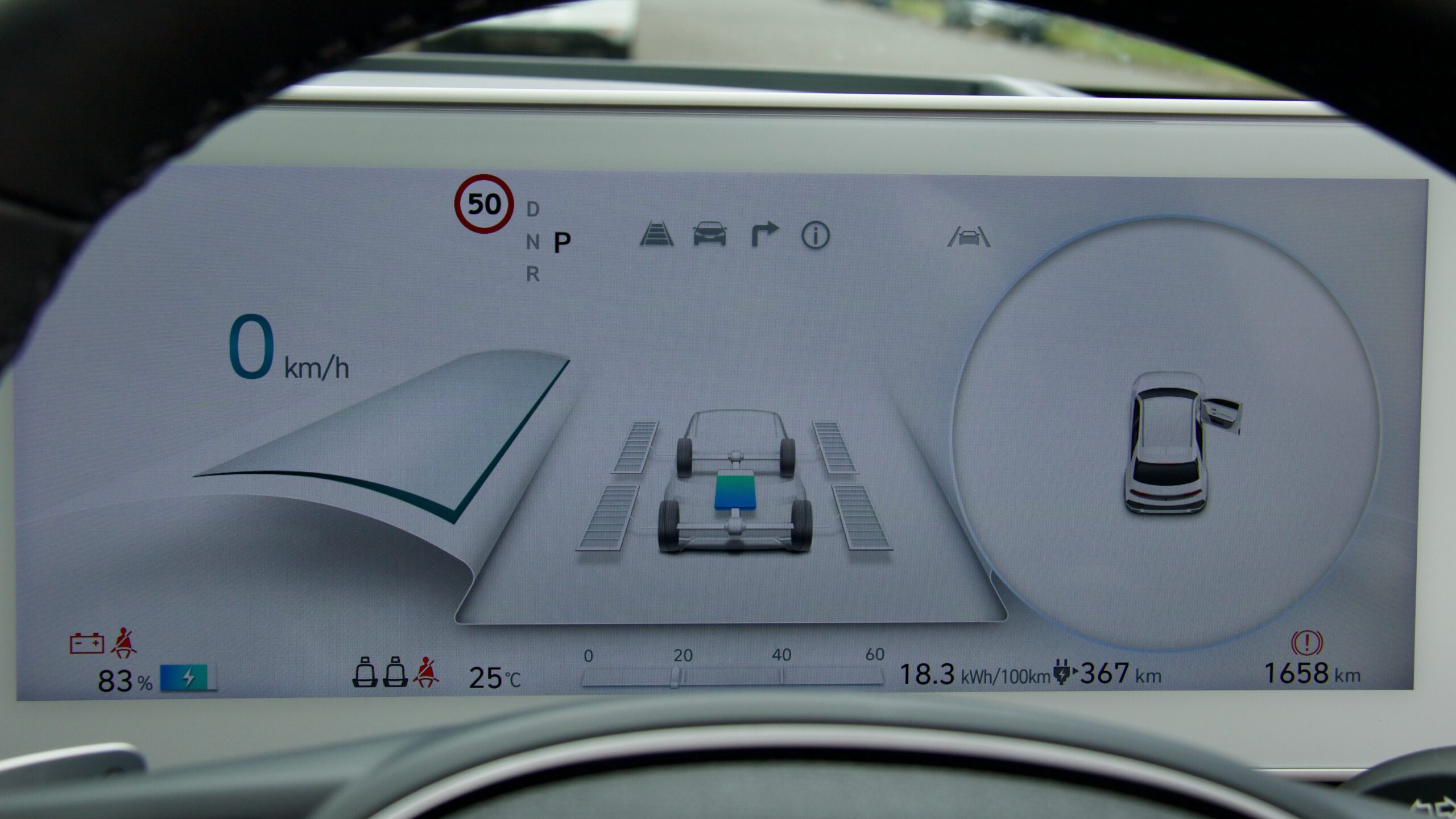

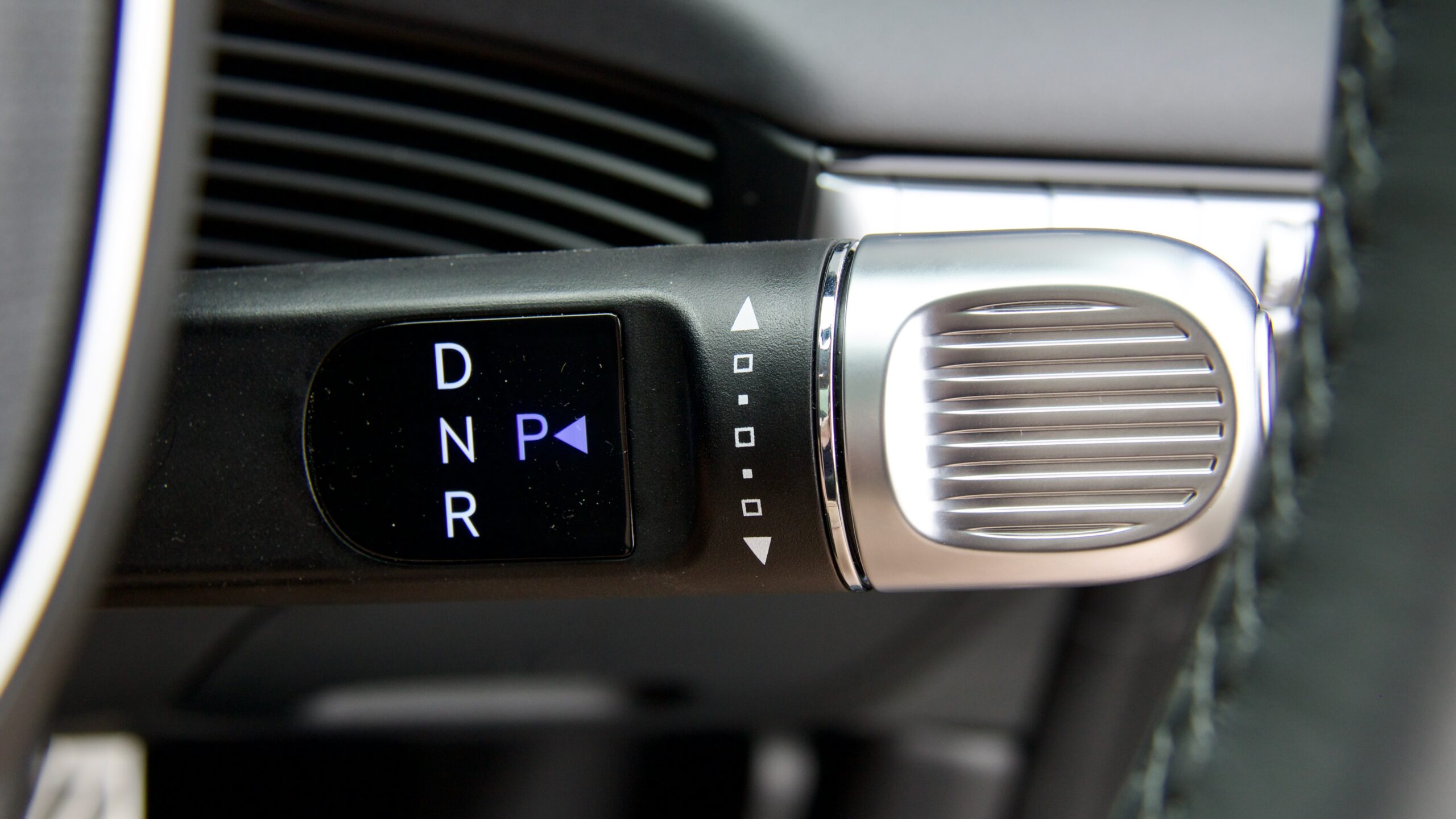
As for charging statistics, the 2023 Hyundai Ioniq 5 can be charged at up to 350kW on a DC charger, and doing so from 10 to 80 per cent at that rate will occur in just 18 minutes – however, using a far more common 50kW DC charger will increase that to 73 minutes. Using a slower 7kW AC charger will increase a full charge to almost 12 hours and the Ioniq 5 can charge at up to 10.5kW on an AC charger. The claimed efficiency for the Ioniq 5 Epiq is 19.1kWh/100km, and we used slightly more than that at 19.6kWh/100km for a total range of just under 400km.
Helping that efficiency rating is the Ioniq 5’s regenerative brakes, which offer four levels of braking from barely on to the full ‘i-Pedal’ one-pedal driving experience and are adjustable using the paddle shifters on the back of the steering wheel. Unlike the XC40 Recharge, the Ioniq 5’s one-pedal driving functionality is quite unsubtle and can take a while to get used to – but once you’ve done so, you can genuinely drive it using just the accelerator pedal.
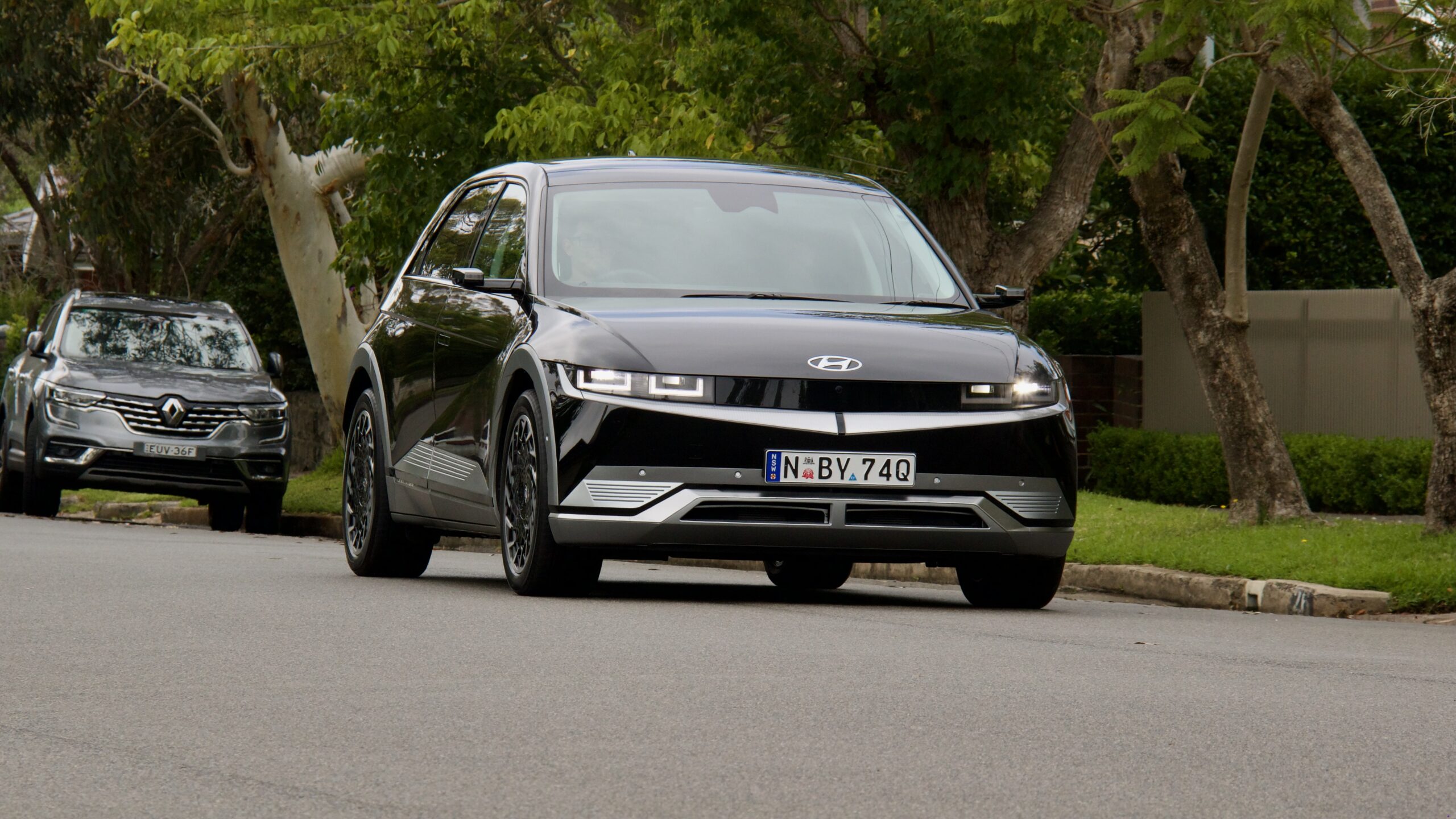
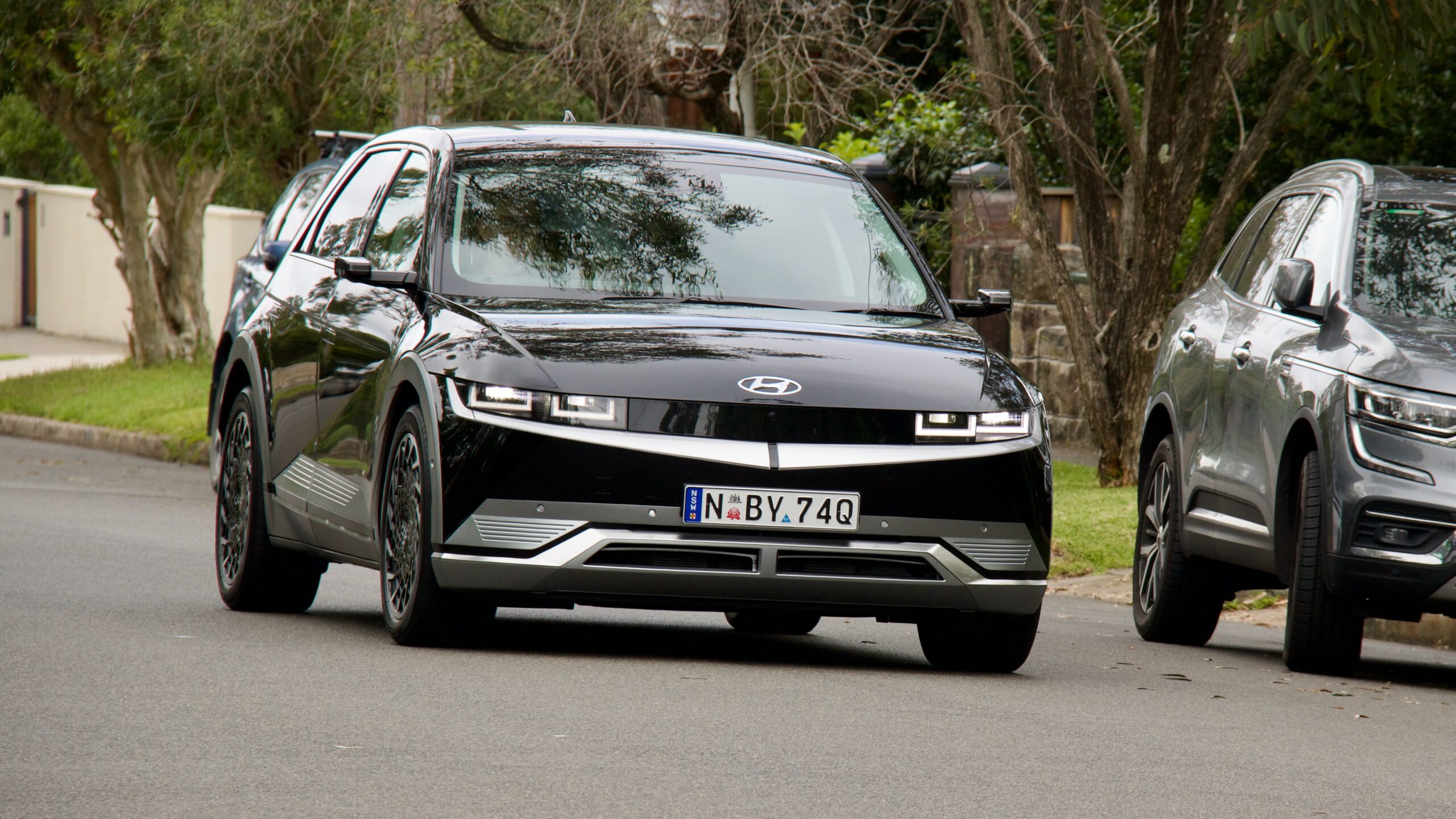
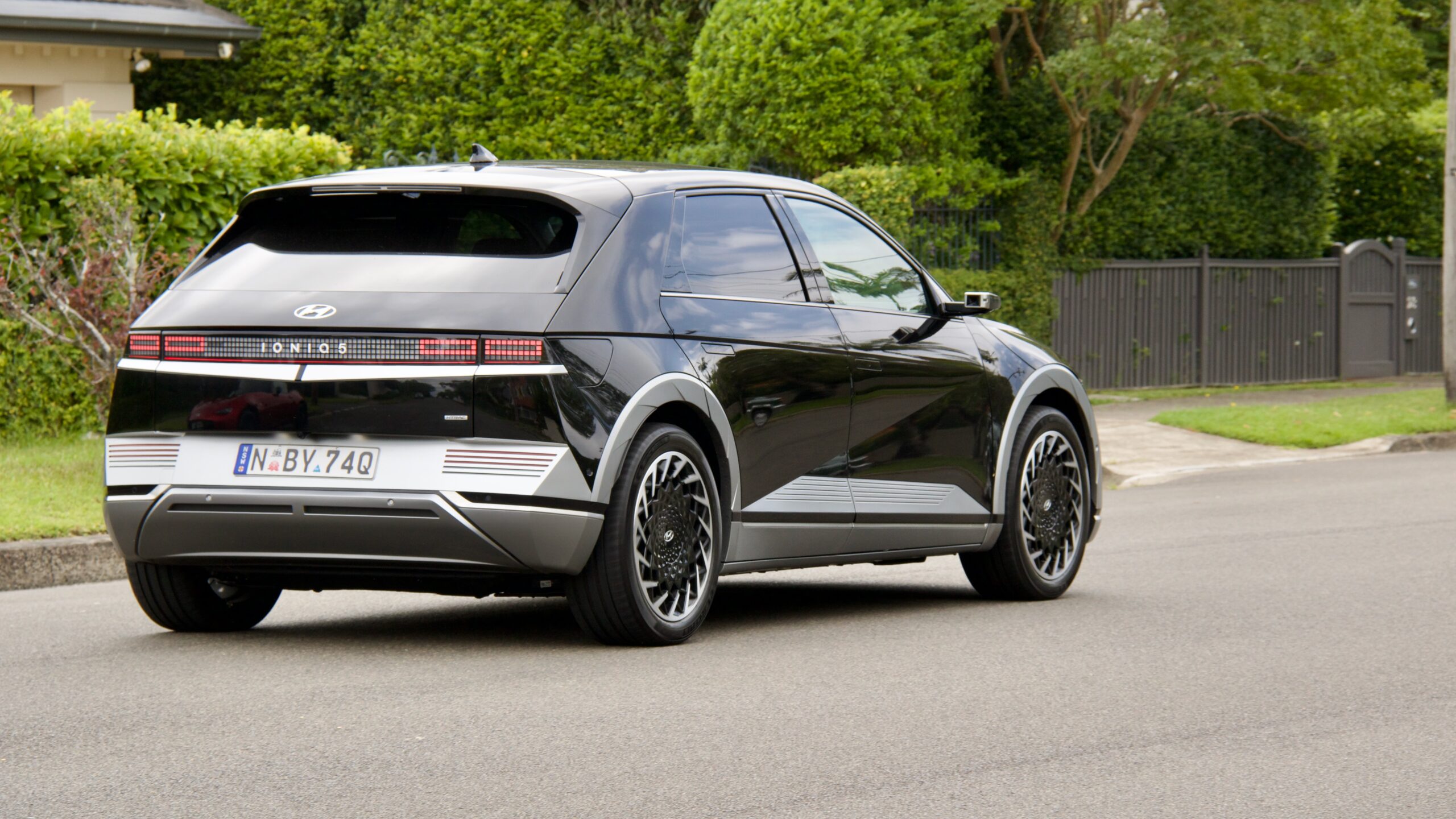
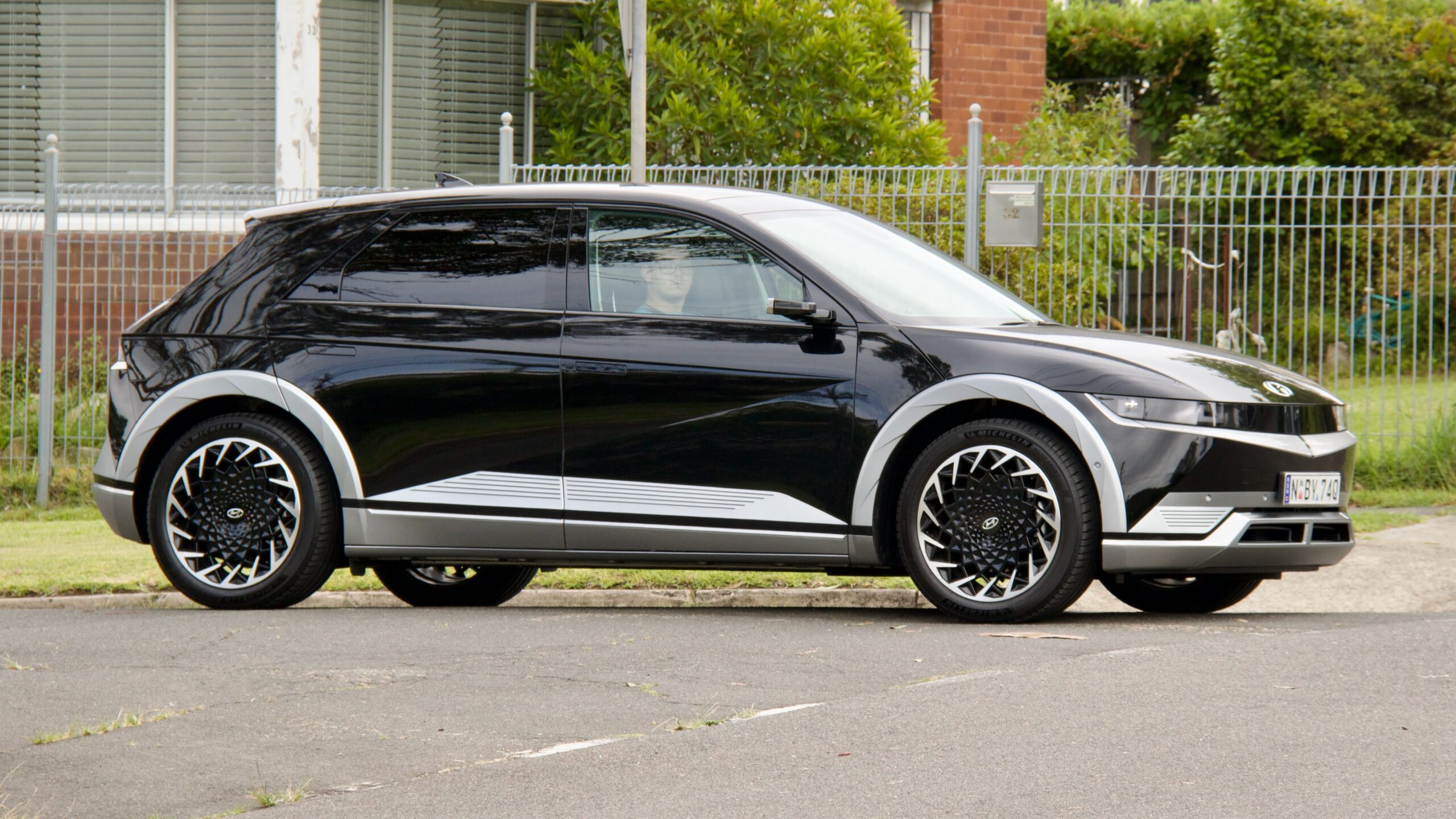
Speaking of the accelerator pedal, the performance in the Ioniq 5 Epiq is impressive. With a claimed 0-100km/h sprint time of 5.1 seconds, it’s more than capable of pushing you into the back of your seat and is quite fun – sure, the XC40 Recharge Ultimate is even quicker at 4.8 seconds, but the Ioniq 5 is still more than fast enough. More impressive is its 80-120km/h sprint time, which is just 3.4 seconds – it can be quite a quick car indeed and while there’s a very fast Ioniq 5 N coming, the regular dual-motor Ioniq 5 will offer more than enough performance for most buyers.
Ride & Handling: 8/10
Based on Hyundai-Kia-Genesis’ ‘e-GMP’ platform, the 2023 Hyundai Ioniq 5 Epiq has earned a revised suspension tune for better wheel control, bump absorption and body control, according to Hyundai. There’s been definite improvement in the Ioniq 5’s ride quality with a less saggy feeling throughout the bumps and a definite improvement in body control. It feels a touch lighter on its feet than the pre-updated car, but the ride quality still isn’t great on the huge 20-inch wheels – we think that the Kia EV6, which was tuned very well from its release, still rides and handles better than the Ioniq 5. But it’s less firm than the Volvo XC40 Recharge, and while there’s more body motion, it’s a touch more comfortable.
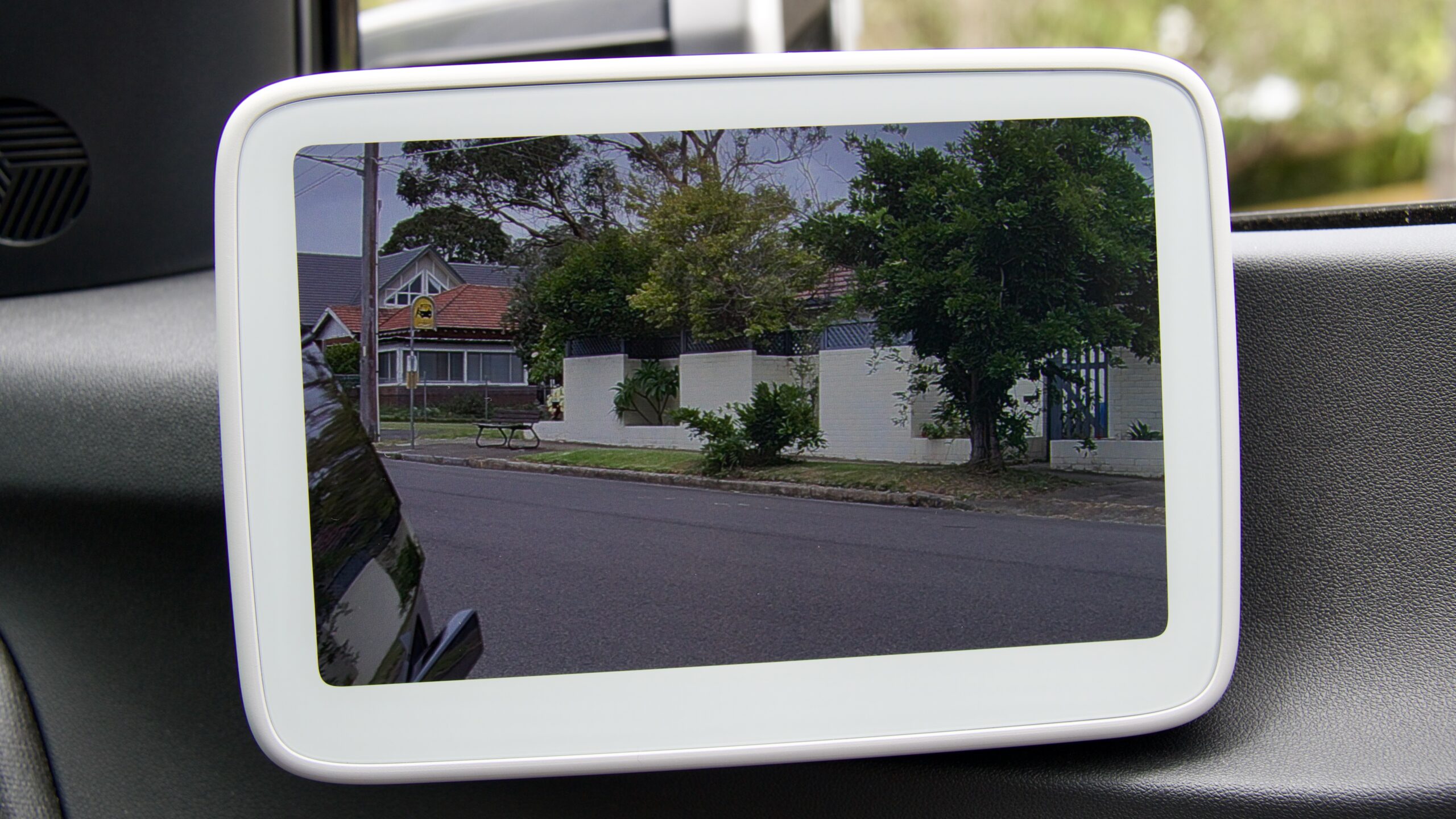
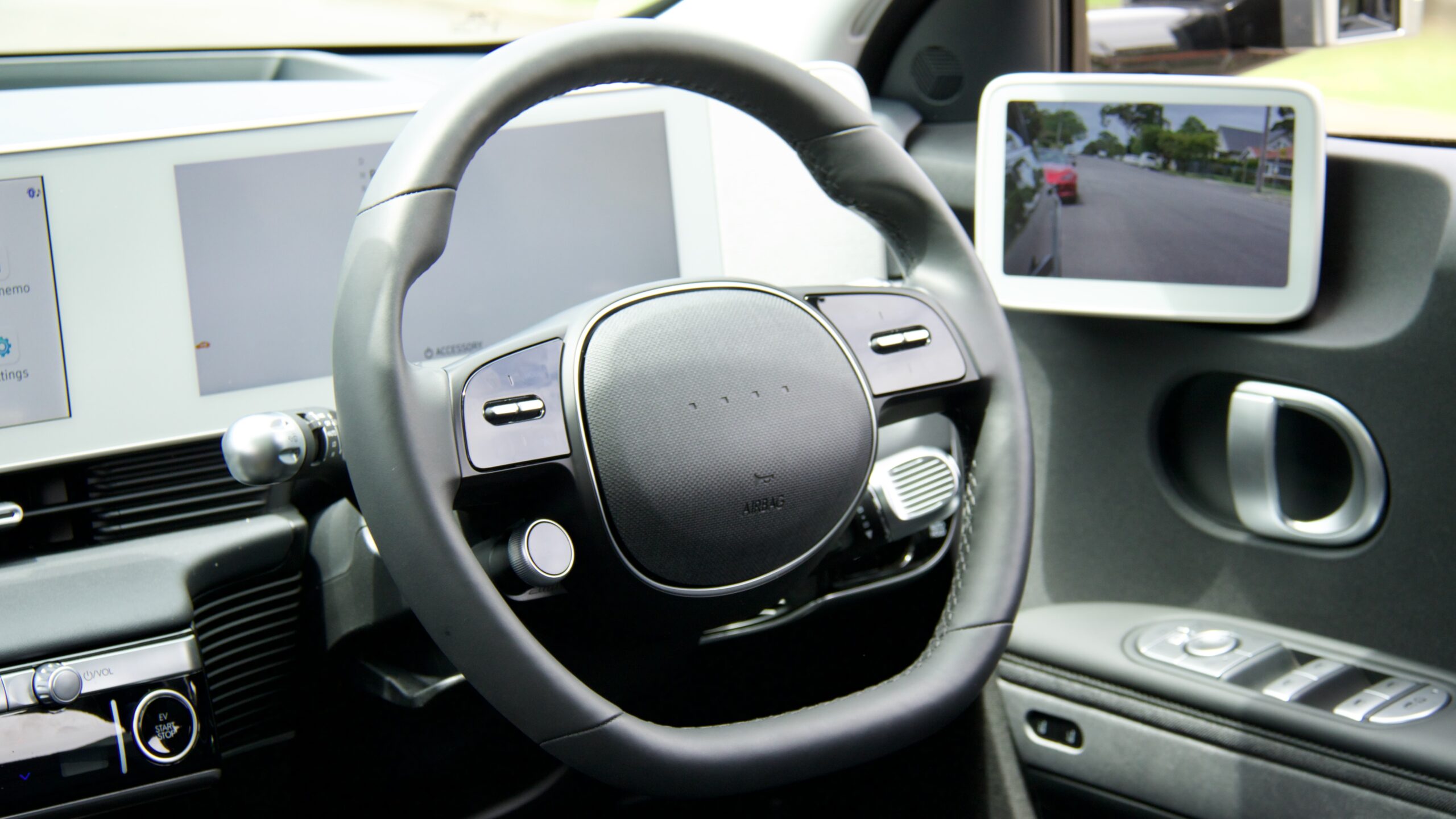
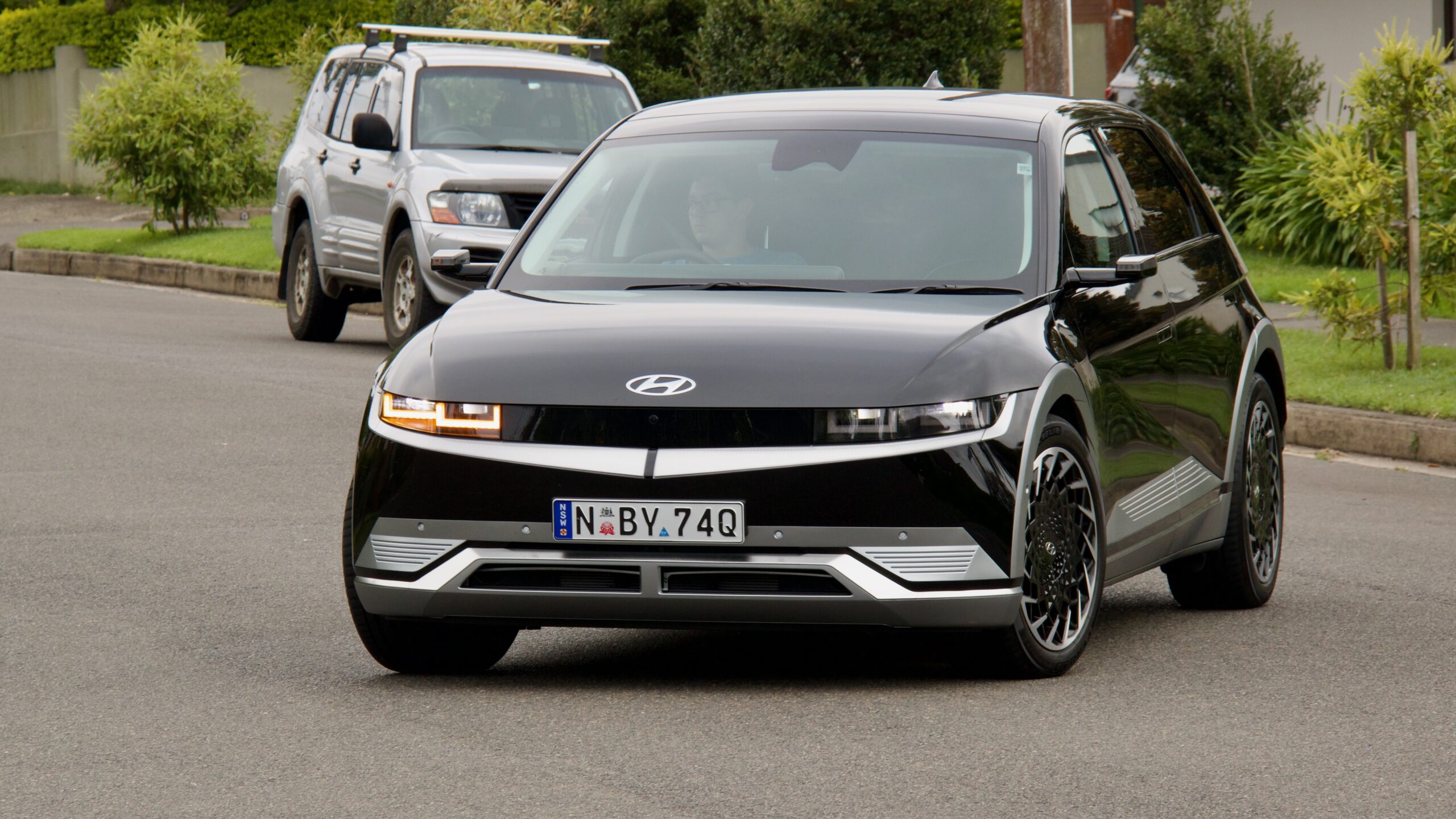
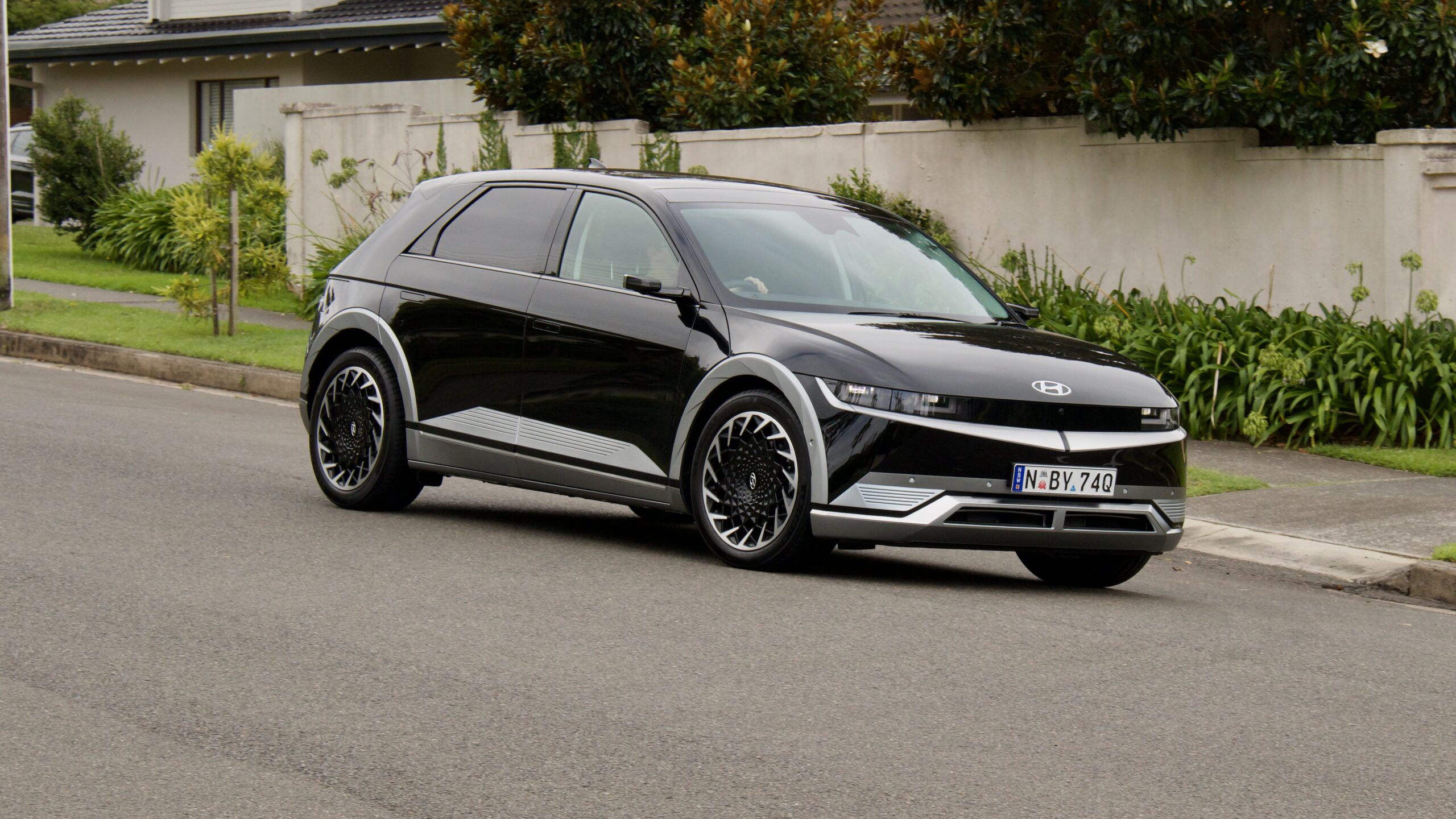
Dynamically, the 2023 Hyundai Ioniq 5 is no sports car – as you’d expect for a car weighing 2,125kg (tare) – but it can be fun from behind the wheel. The steering is reasonably feelsome and nicely weighted in sport mode, while the handling can be entertaining as well. What are less entertaining, however, are the new digital mirrors that use a camera instead of side mirrors to project an image onto two screens located on the Ioniq 5’s doors. They take a while to get used to and don’t extend their image low enough when parking, so we predict many curbed wheels from Ioniq 5 drivers. For that reason alone, we’d stick to the lower-down mid-range Ioniq 5 Techniq, which uses regular mirrors.
Interior & Practicality: 9/10
We, like plenty of other publications, were pretty blown away by the Ioniq 5’s interior when it was released. Futuristic, good quality, very practical and packed full of clever touches like the ‘lounge’ function for the front seats for when you’re charging, it still holds immense appeal a few years after its release. We love the inclusion of its more eco-friendly materials – the ‘eco-processed’ leather and recycled ‘bio-PET’ floor mats are of particular note.
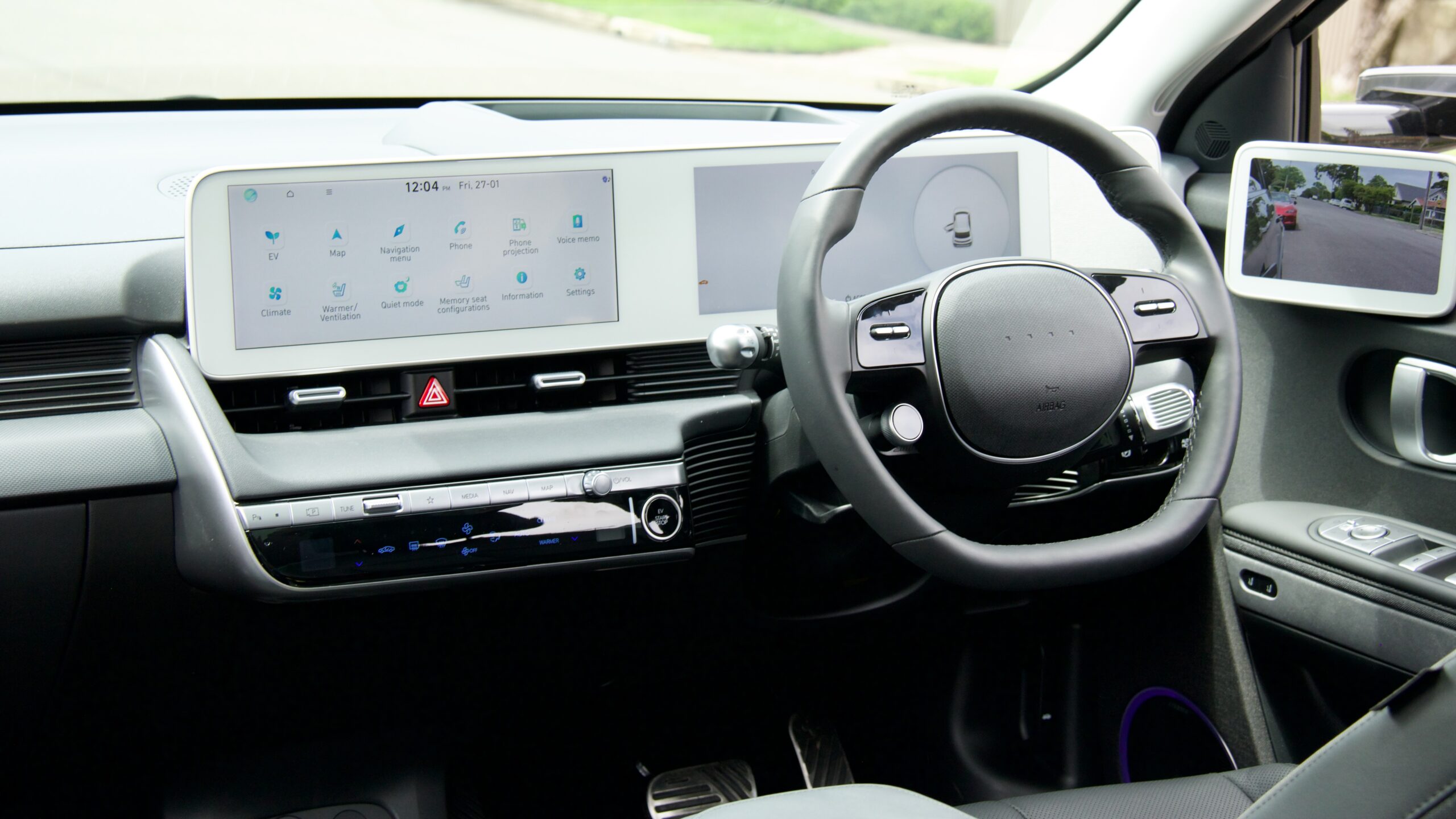
Thanks to its platform, there is storage seemingly everywhere in the Ioniq 5. There is a large centre console, space for more items under the centre console where the USB chargers are, deep door bins, a large glove drawer (yes, drawer, not glovebox), two cup holders, a wireless phone charger and a place to store your wallet and keys in the front of the dashboard under the audio controls.
The 12.3-inch touchscreen in the 2023 Hyundai Ioniq 5 Epiq is a joy to use because the software is intuitive and easy to navigate while there is barely any lag. The colours are bright and the screen is very responsive and there are also shortcut buttons underneath the screen to help navigate between different menus. The satellite navigation, like other Hyundai products, is quite good although we found it easier to connect to the wired Apple CarPlay or Android Auto and use the maps on our phone. The 12.3-inch digital driver’s display could have more customisation to it (such as a digital map), but it is crisp.
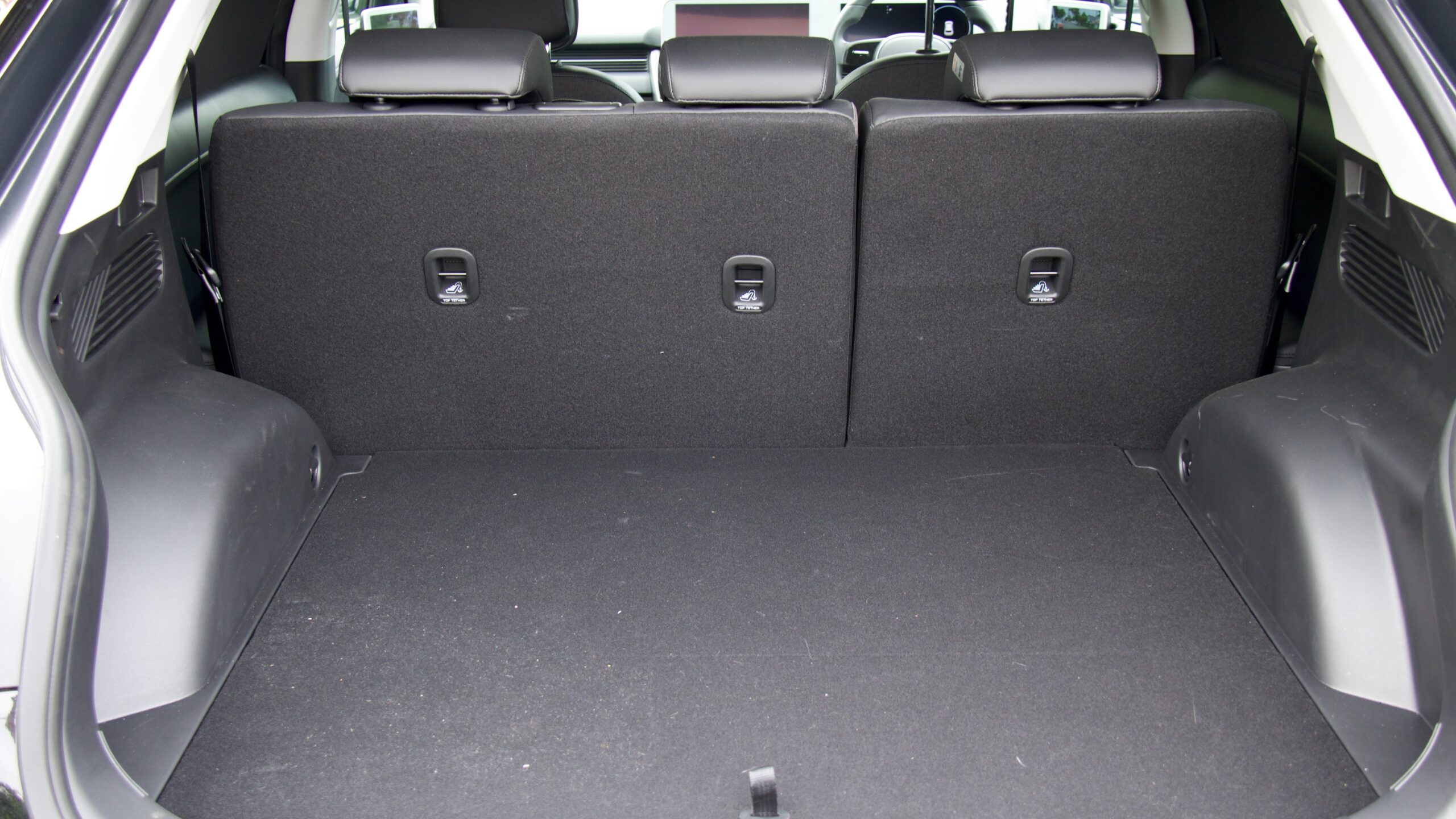
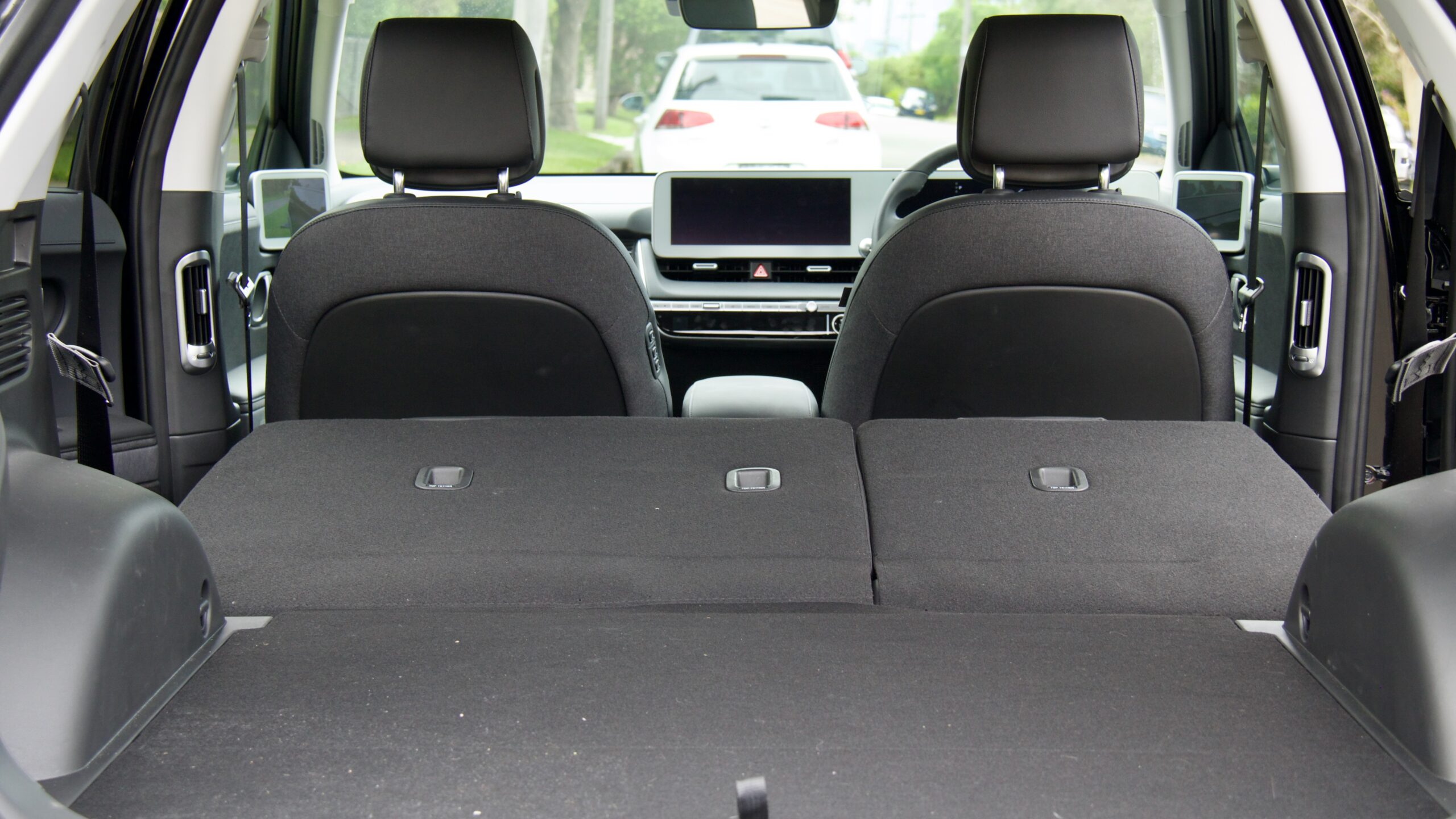
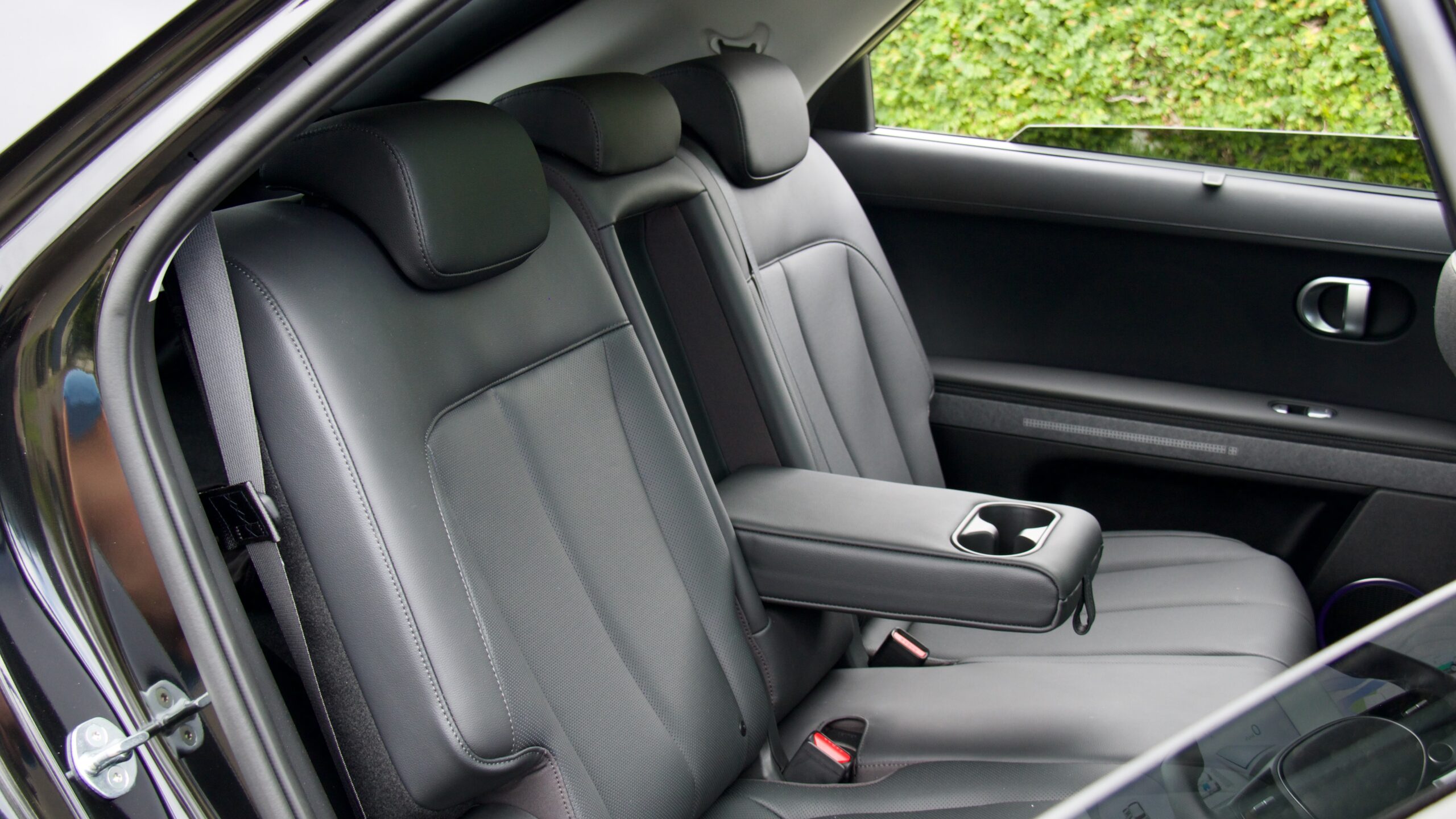
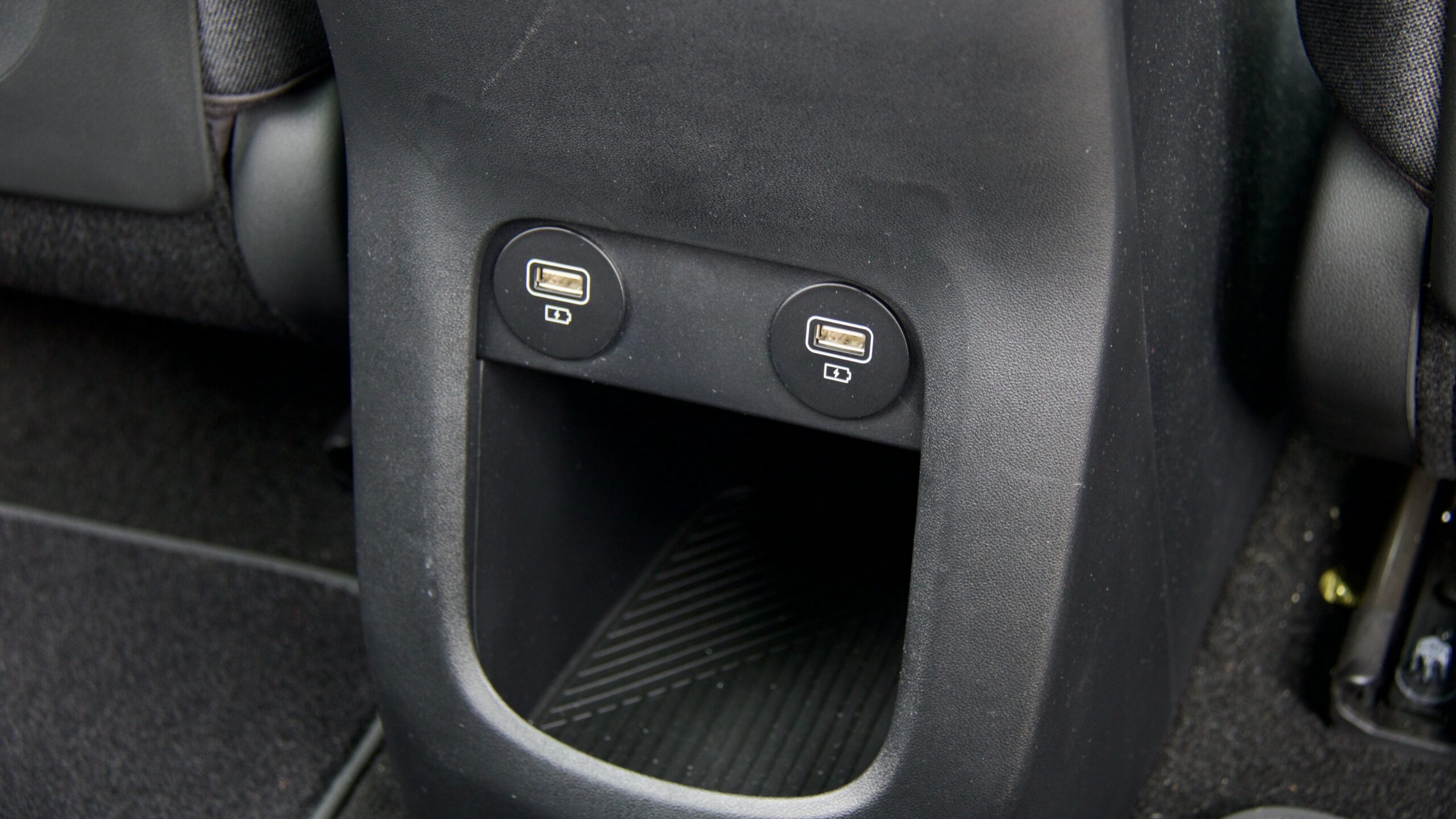
The rear legroom in the Hyundai Ioniq 5 is excellent with taller adults having no problems fitting in the rear and three abreast will easily fit in the back seat. There are plenty of amenities to keep the kids entertained in the rear such as B-pillar mounted air vents, coat hooks, manual rear sun shades, four-way power adjustable seats, a centre armrest with cup holders, ambient lighting in the doors and two USB-A charging ports.
[google _add_2]
Opening the power tailgate of the Ioniq 5 reveals a healthy 560-litres cargo space with the rear seats in place. Fold them down and this space opens up to 1,620L. The boot has features like a dual-level floor with storage and tabs to fold the seats. In comparison the EV6 GT-Line AWD has a 480L/1,260L boot and the Volvo C40 Recharge Twin can hold 489L/1,205L of cargo space.
Service & Warranty: 7.5/10
All new Hyundai cars come with a five-year/unlimited kilometre warranty with a year of roadside assistance that’s topped up to 10 years in total if serviced at a Hyundai dealership. The battery pack has an eight-year/160,000km warranty too. Volvo matches the five-year vehicle warranty and the eight-year battery warranty of the Hyundai with the C40, though gives its cars eight-years worth of roadside assistance. The Kia EV6 comes with a seven-year/unlimited kilometre warranty with up to eight years of roadside assistance if you service your EV6 with Kia. The Kia’s battery pack is warranted for a lesser seven years or 150,000km, whichever comes first.
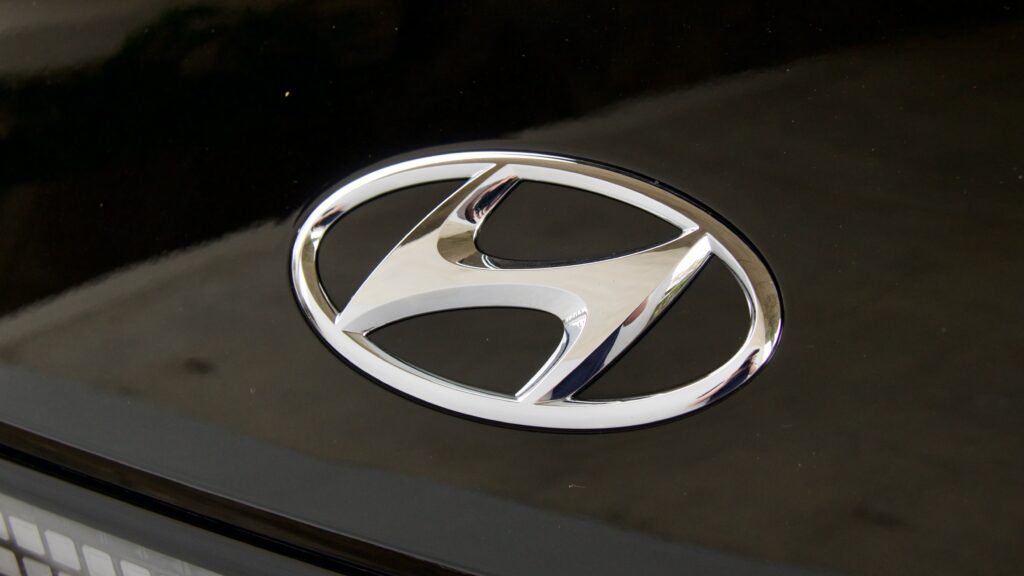
Servicing the Hyundai Ioniq 5 occurs every 24 months or 30,000km – double that of the 2022 car – and the cost to service the Ioniq 5 over the span of six years/90,000km is $2,230 which is an average yearly service cost of $371.66. In comparison, the Kia EV6 requires being services more often at every 12 months or 15,000km. Five-years or 75,000km worth of servicing for the Kia will set owners back $1,089 for an average yearly service cost of $218. Three years/100,000km of servicing is included in the Volvo C40’s sale price and adding an extra two years of servicing costs $1,000 – this means that five years of servicing costs $1,000.
2023 Hyundai Ioniq 5 Epiq DiscoverAuto Rating: 8.4/10
It’s clear that because of its strong overall ability, the 2023 Hyundai Ioniq 5 Epiq is a great all-rounder for those who are looking for a mid-sized electric SUV. It offers great performance, good range, a good quality and interesting interior that’s very practical, funky styling and a keen aftersales program that will no doubt continue to impress buyers. More than that, the Ioniq 5 continues Hyundai’s recent product roll and gives buyers yet another interesting and practical electric SUV offering to choose from.
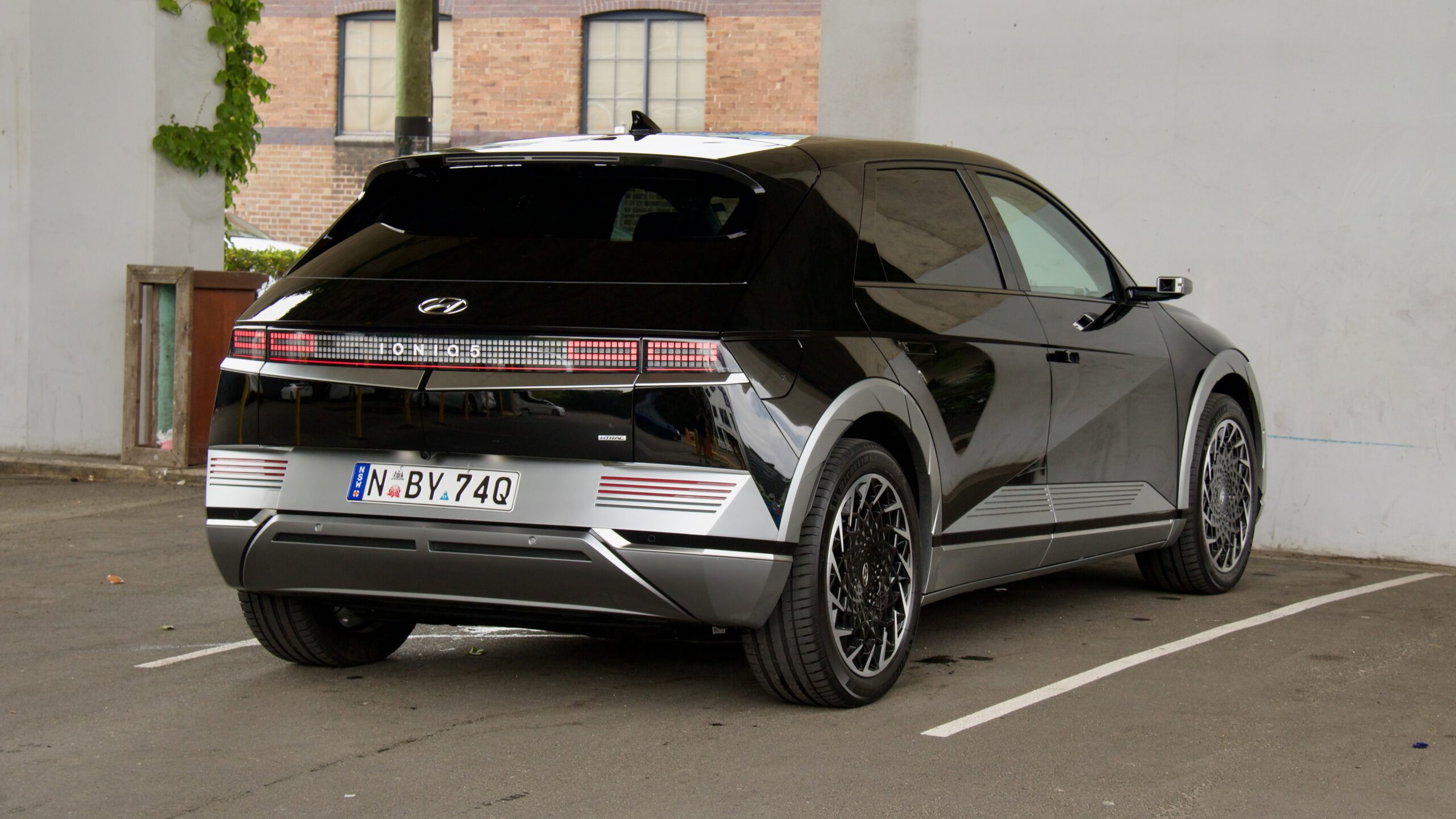
The simple fact is that the Ioniq 5 Epiq is cheaper, has a bigger boot and will charge as fast, if not faster than its rivals, all of which are elements that many new car buyers will consider when buying a new car. Having said that, if we were buying an Ioniq 5, the Epiq would not be the model we’d choose as it doesn’t add much over the mid-spec Techniq, yet costs a lot more to buy. But regardless of the model chosen, the Ioniq 5 is quite an established product that offers a lot to buyers – we just hope that Hyundai Australia continues to improve its suspension further as it would be even easier to recommend.
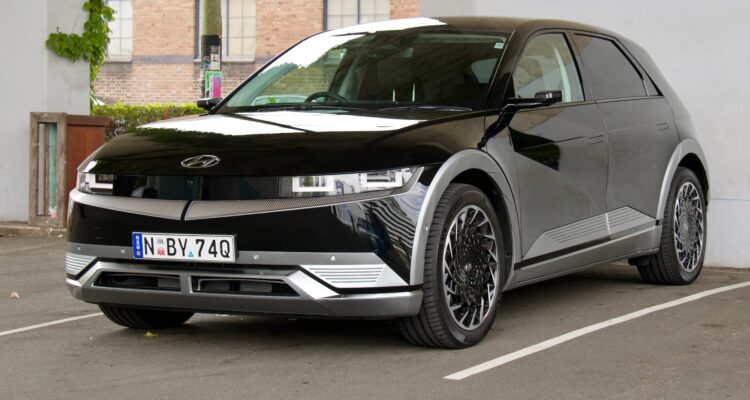
Leave a Reply